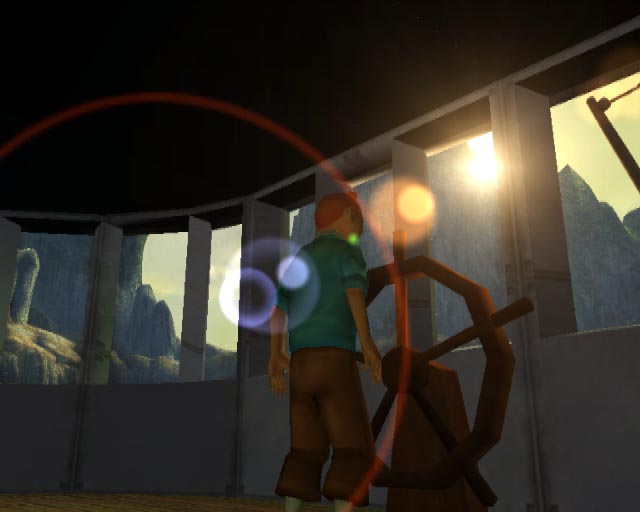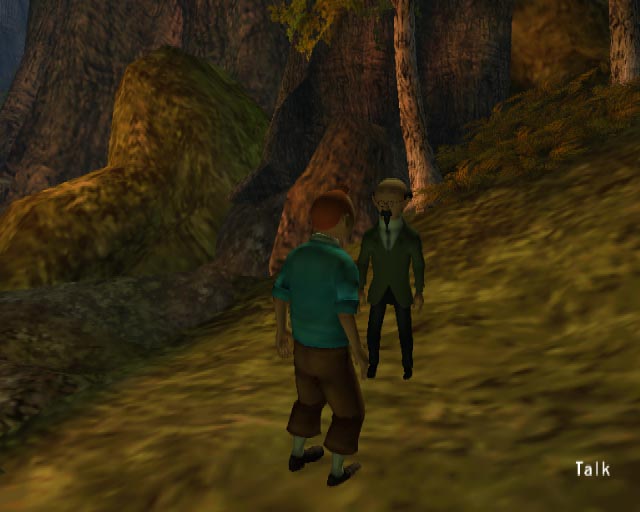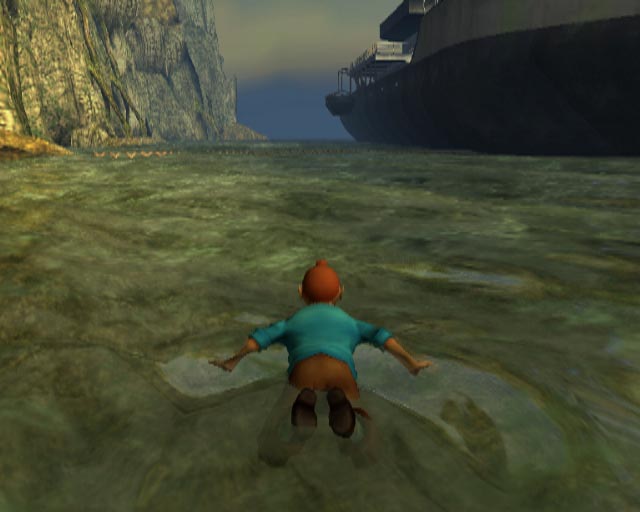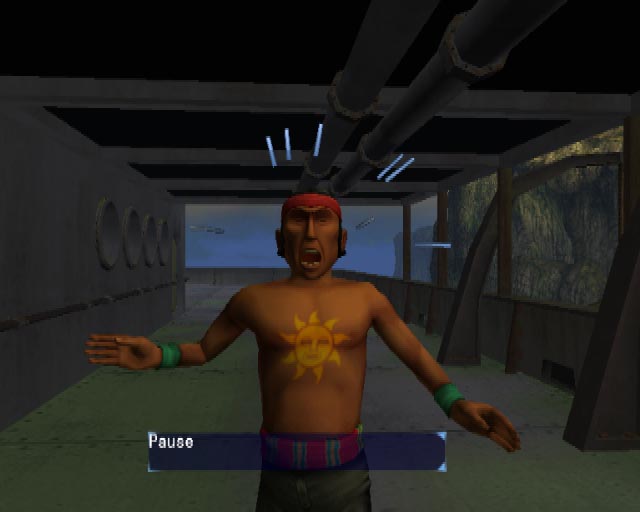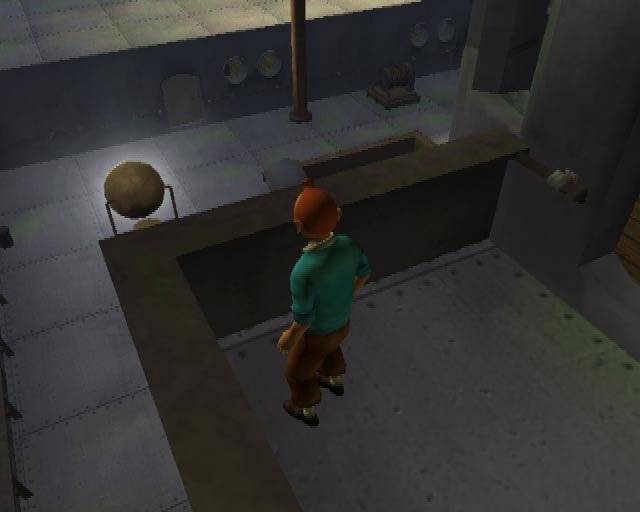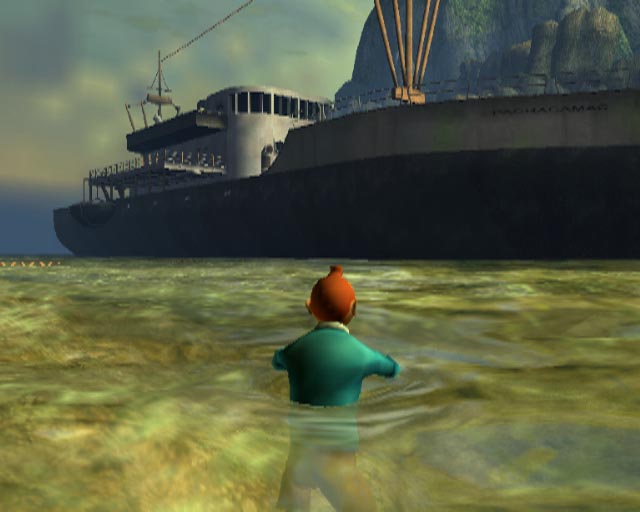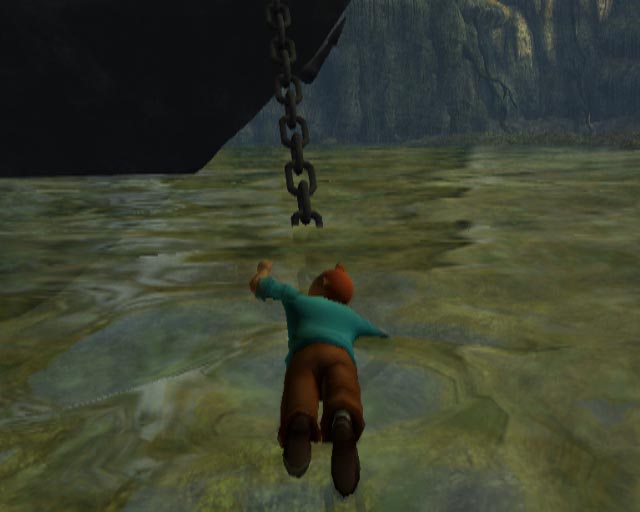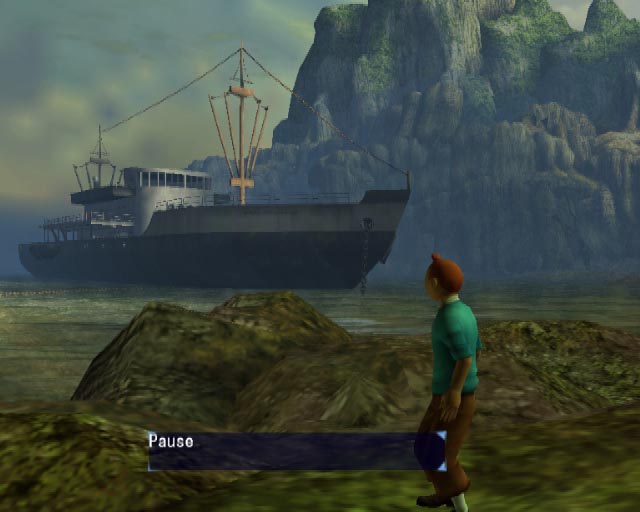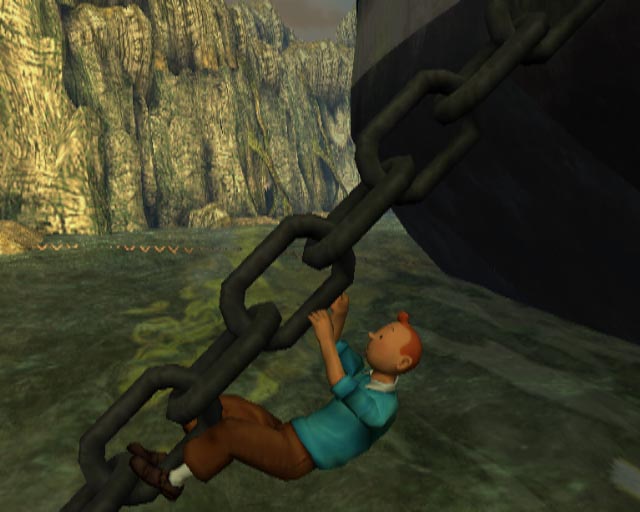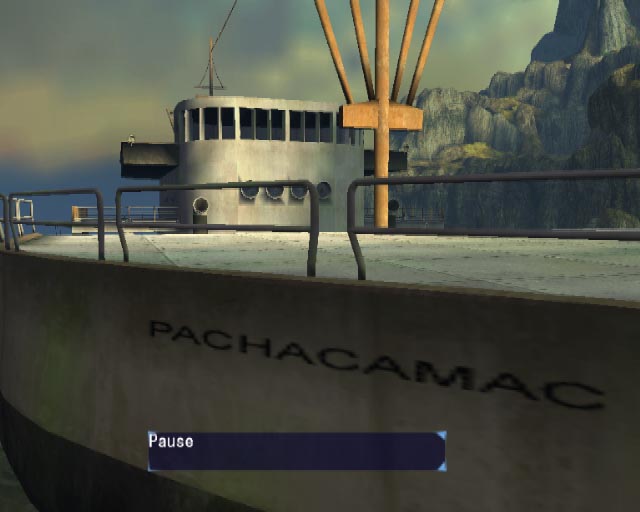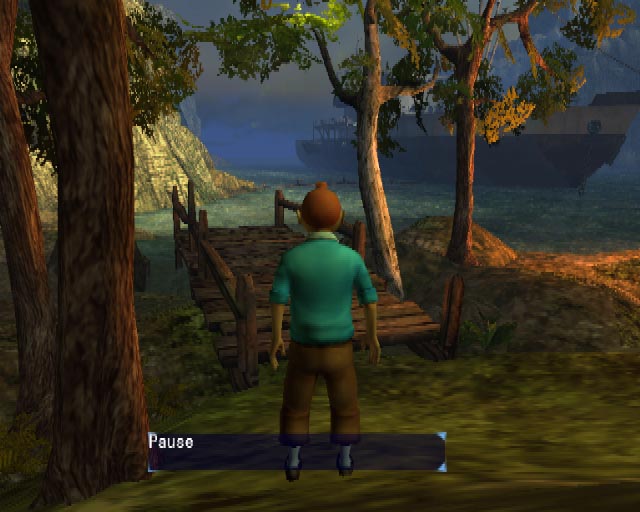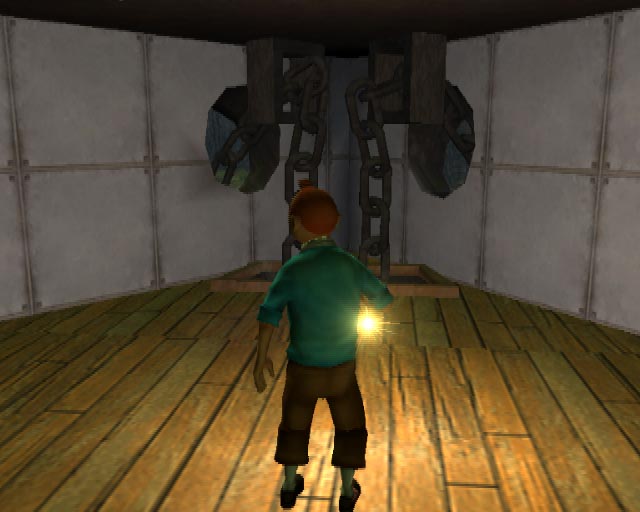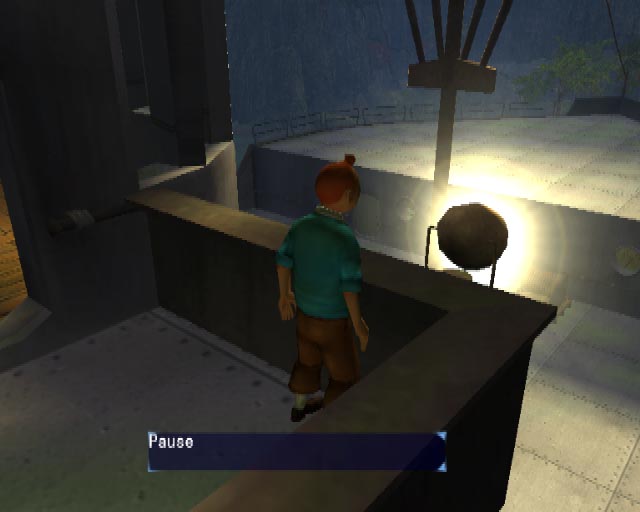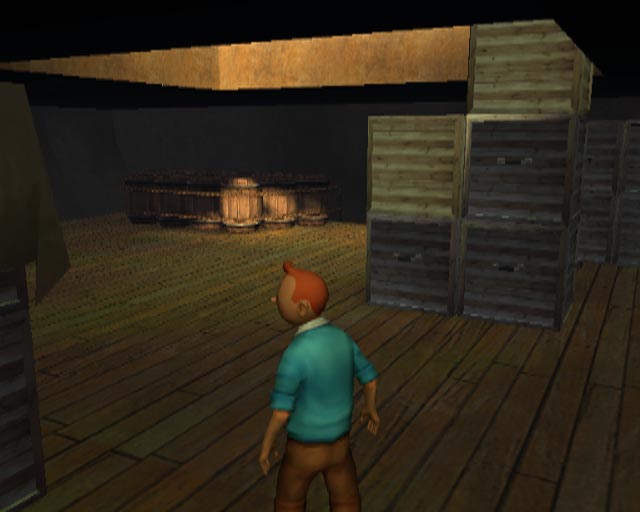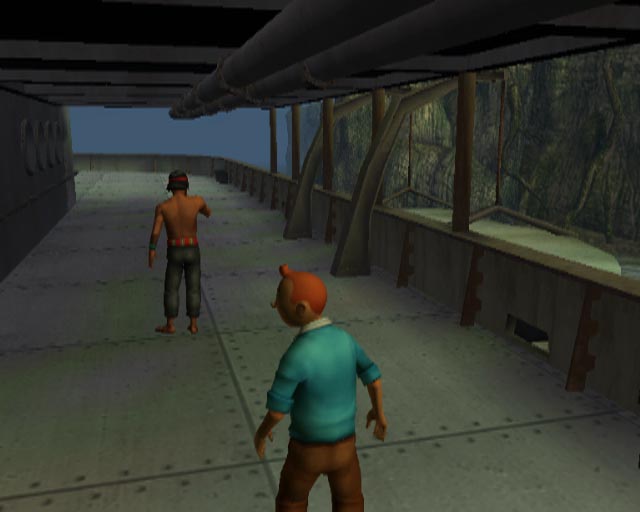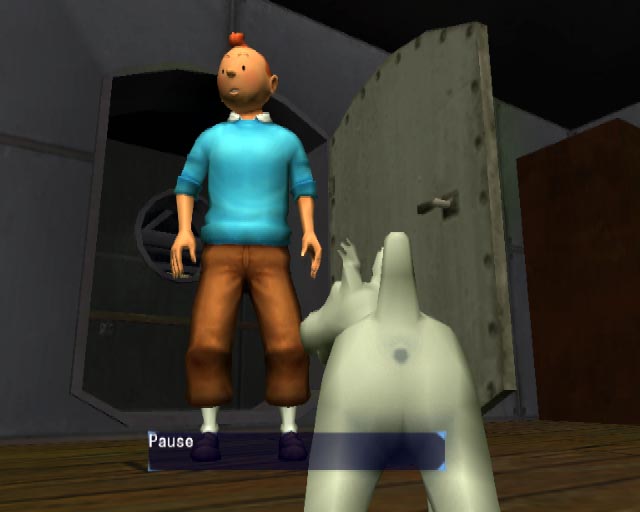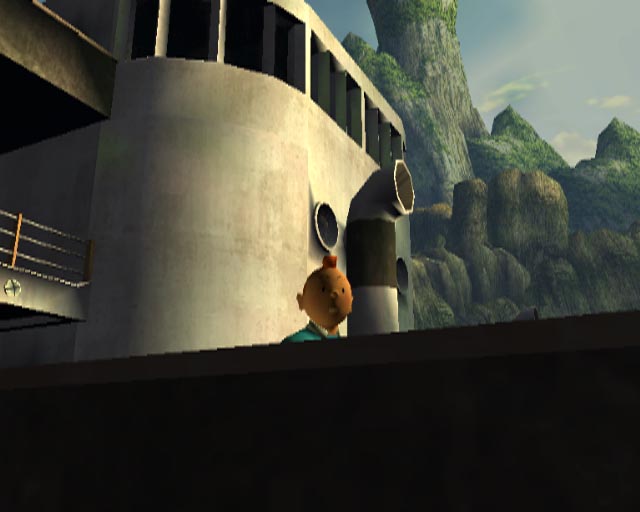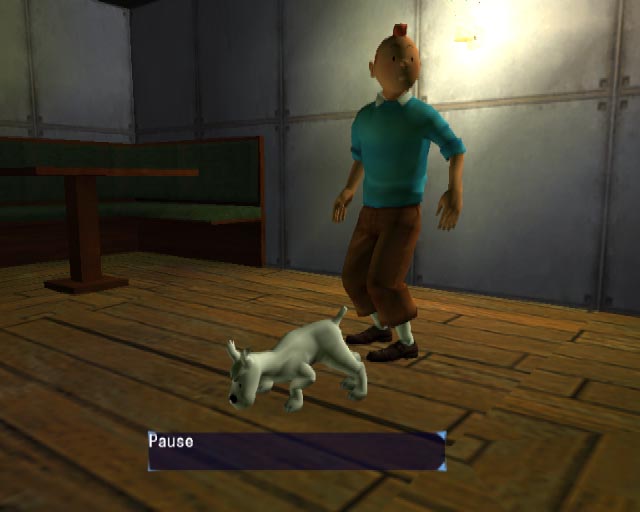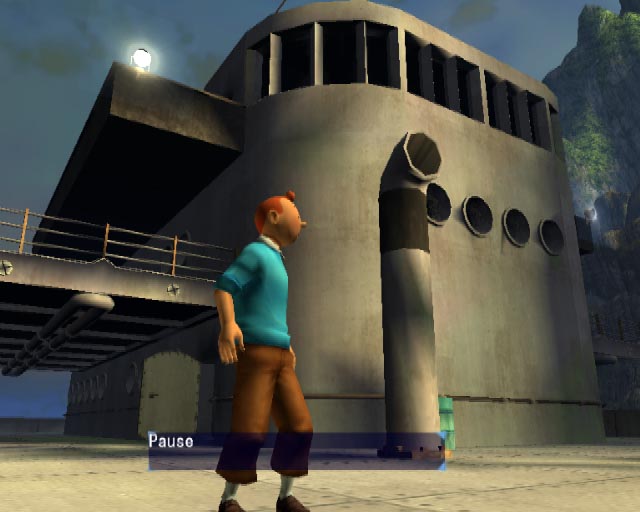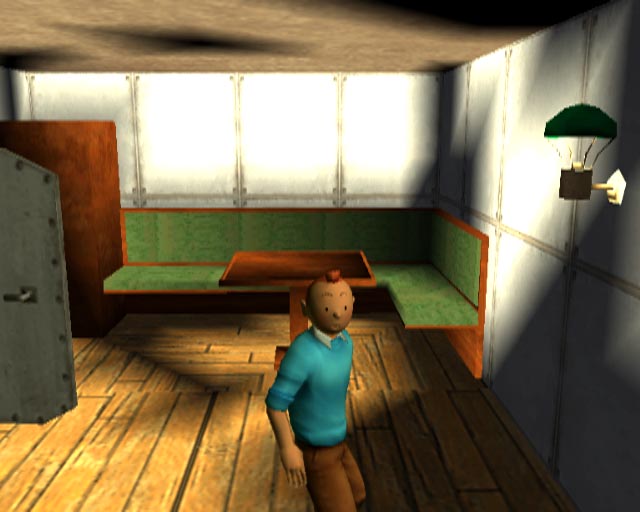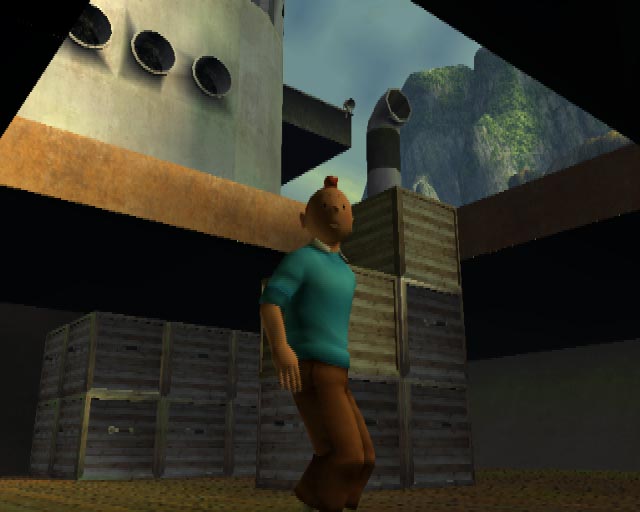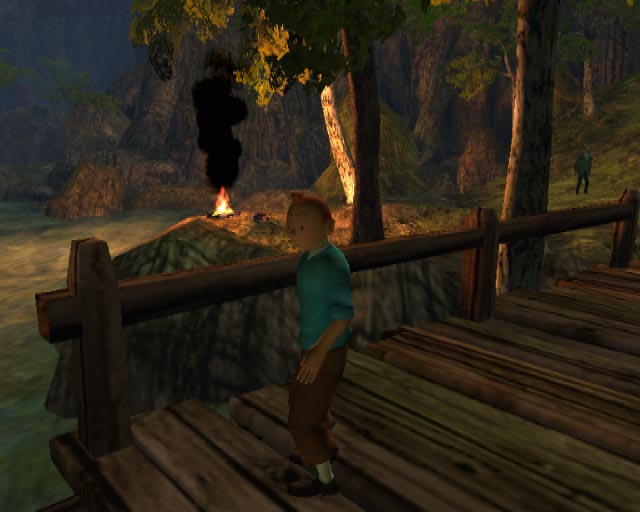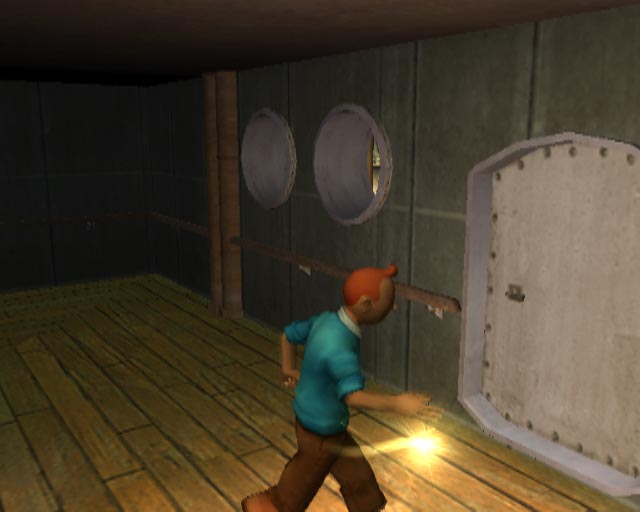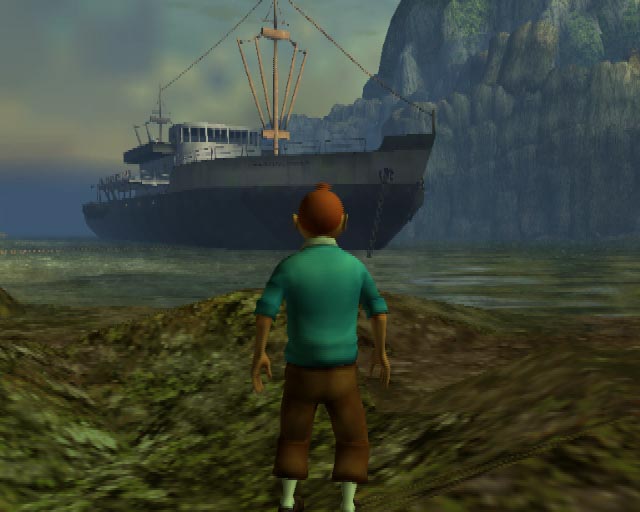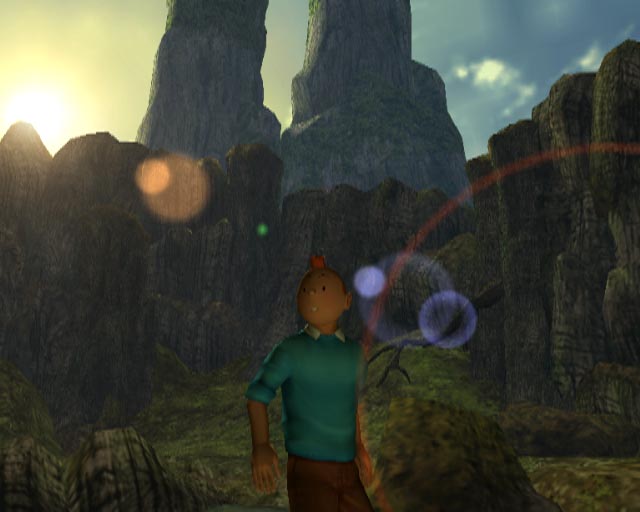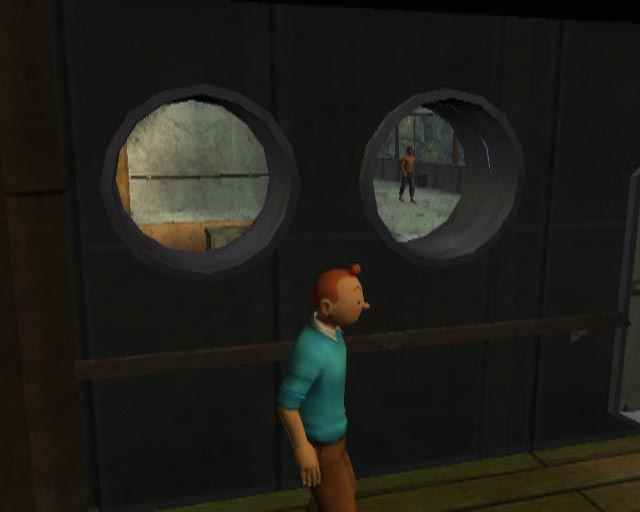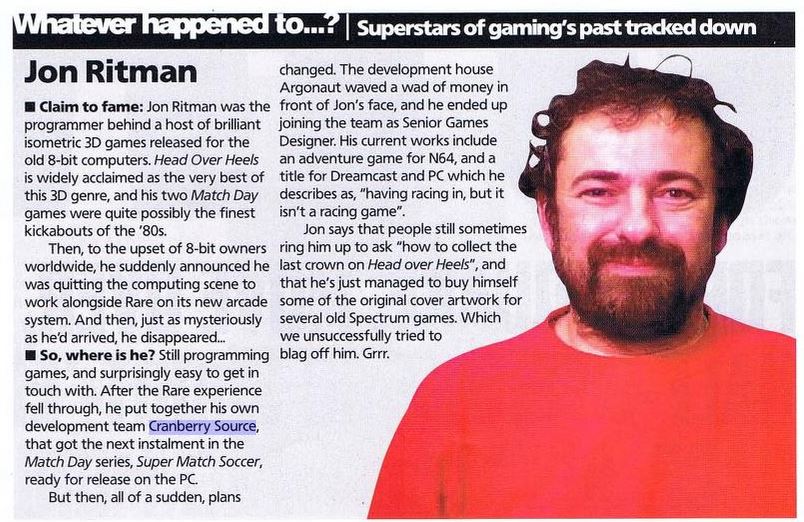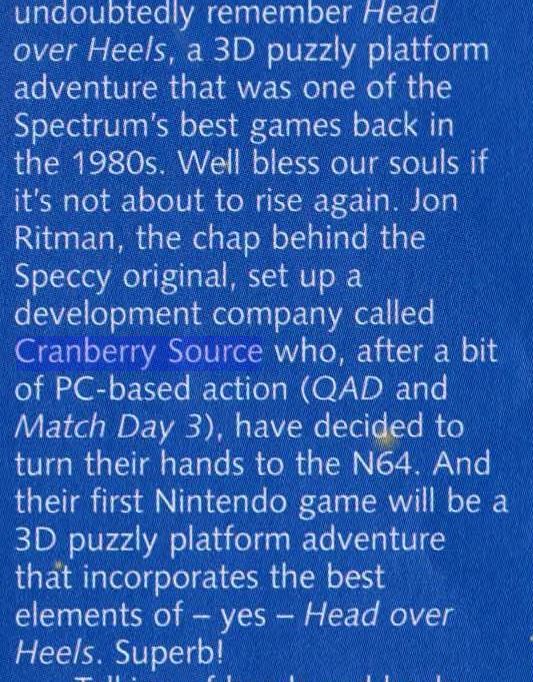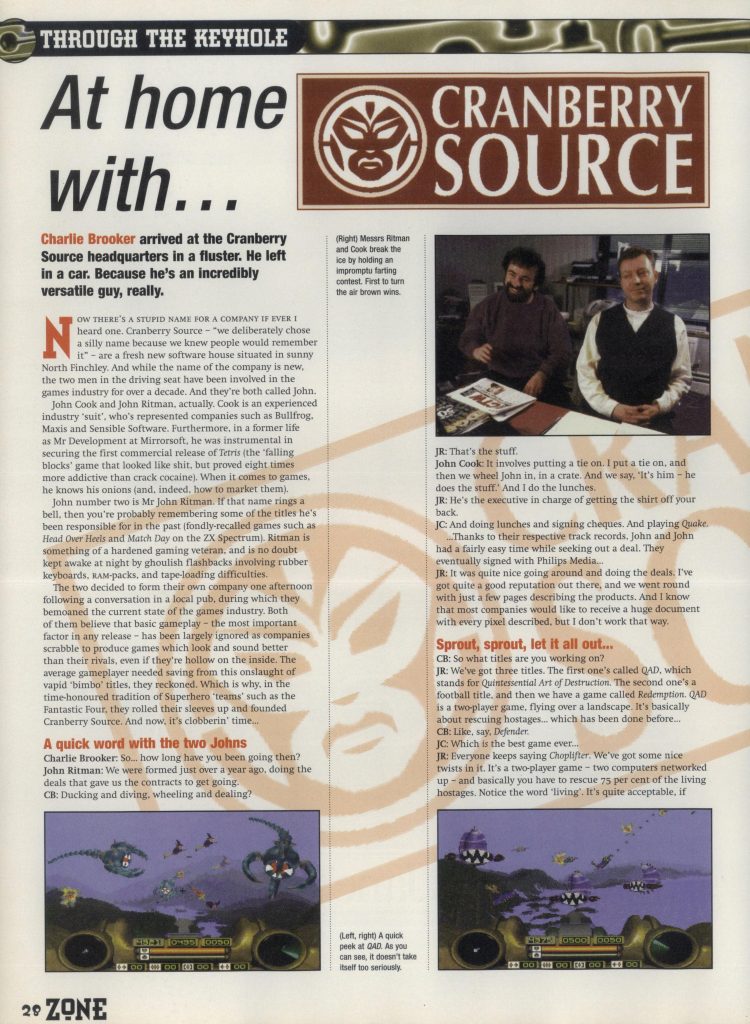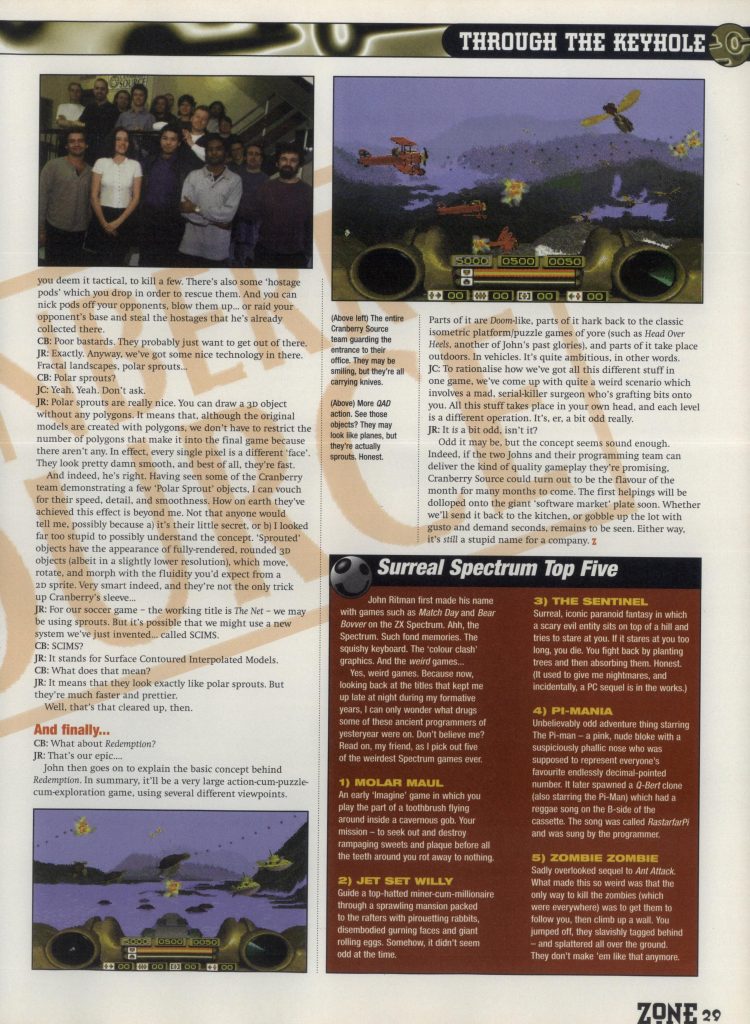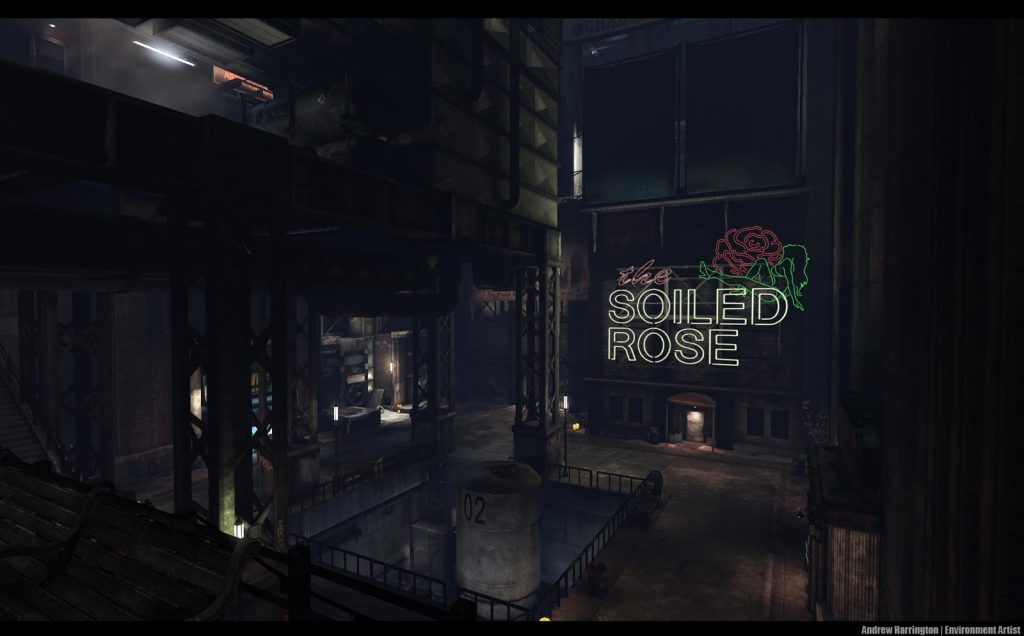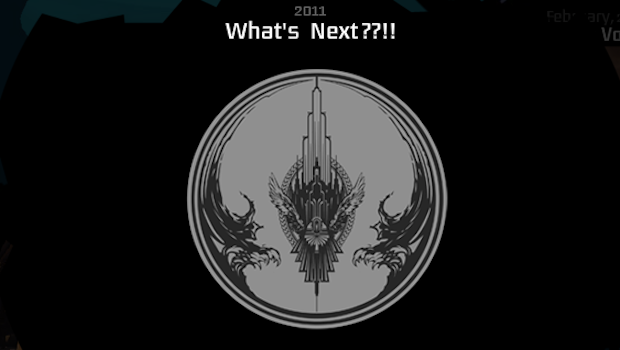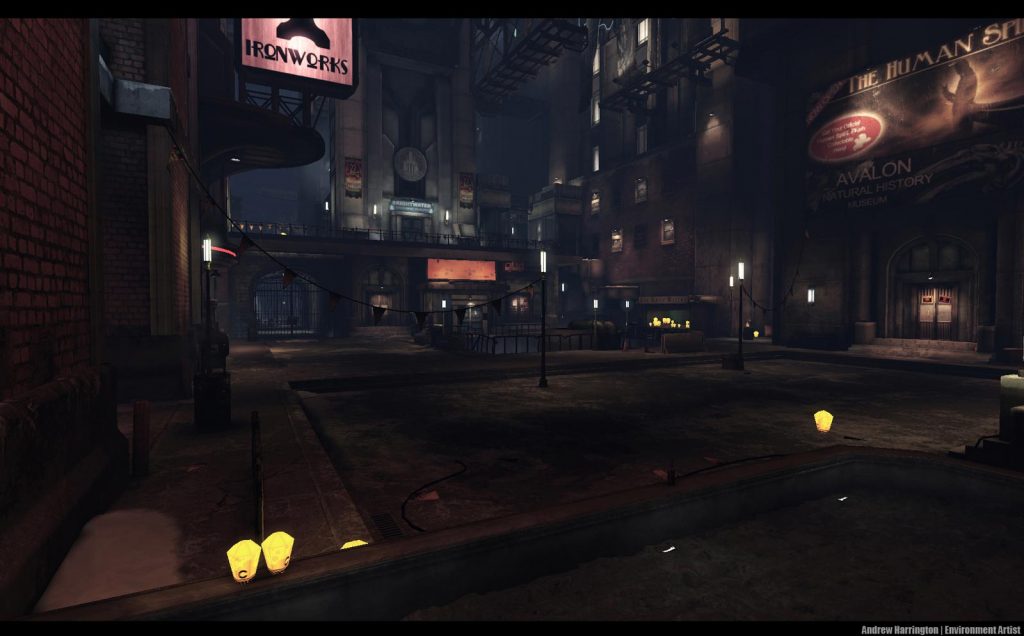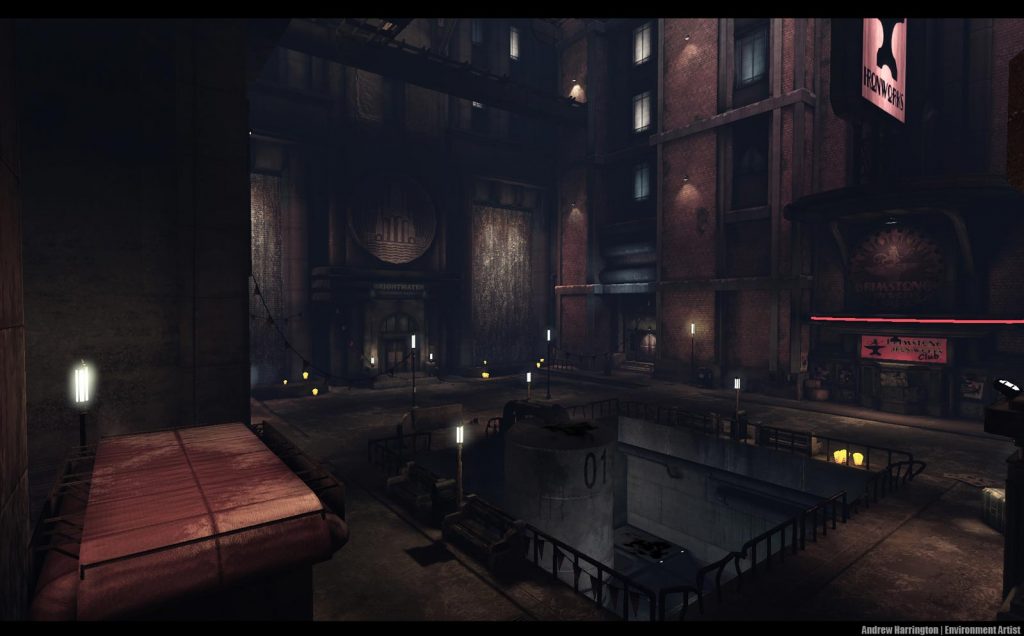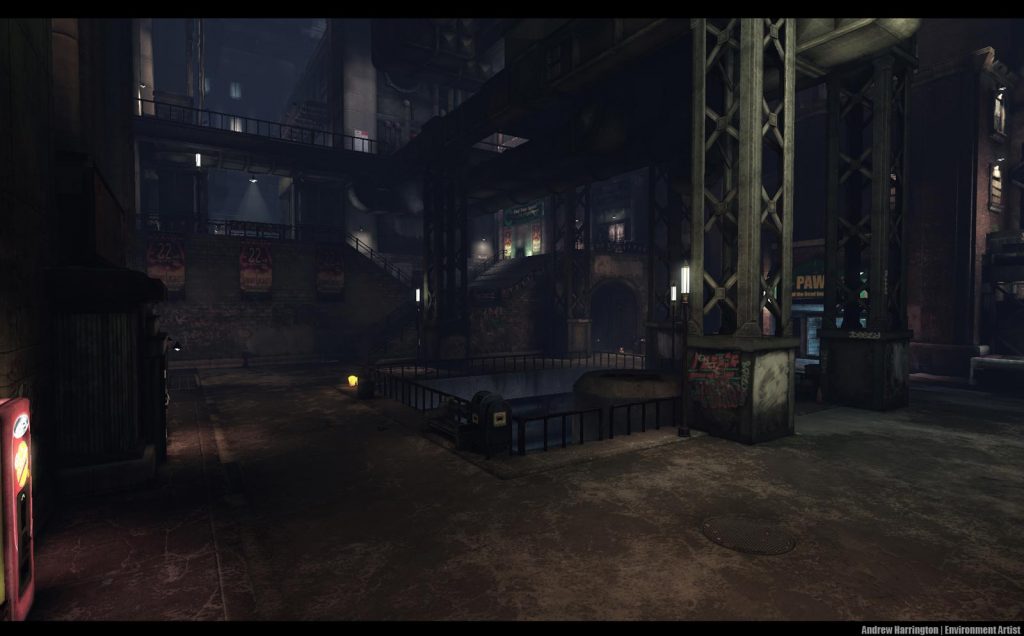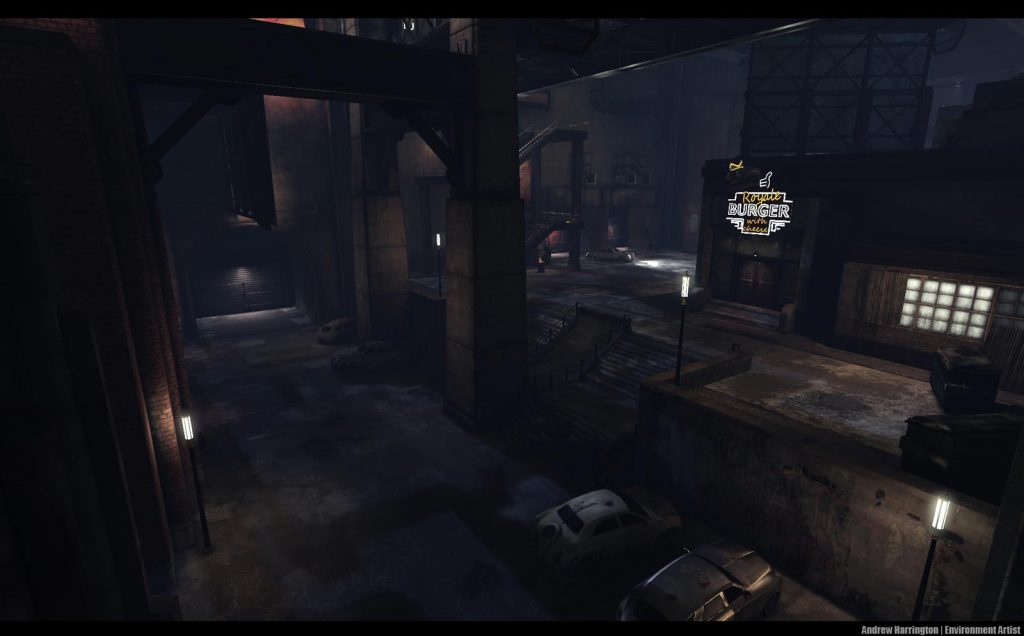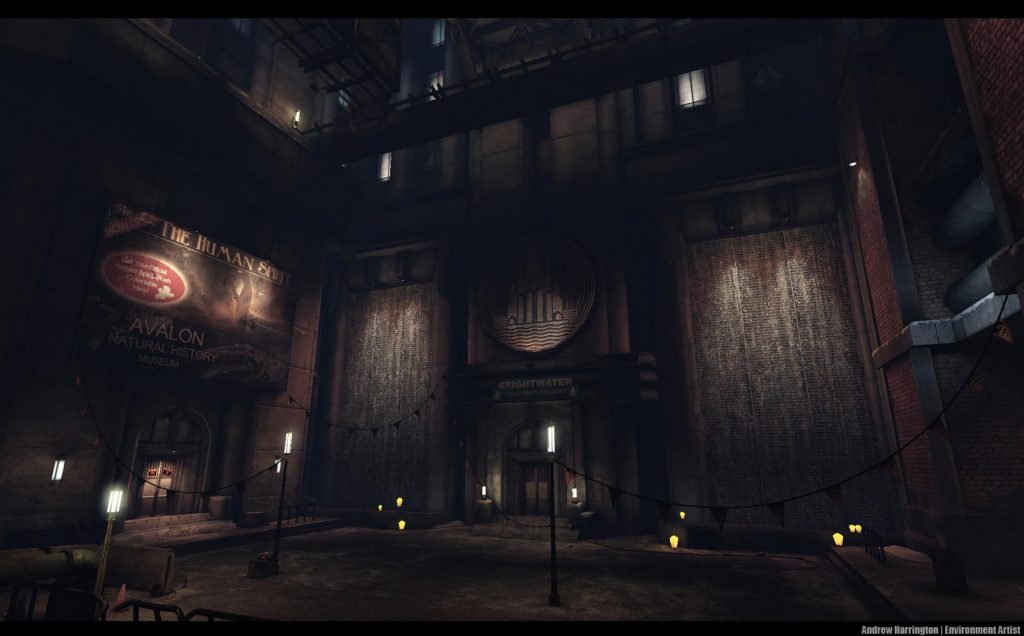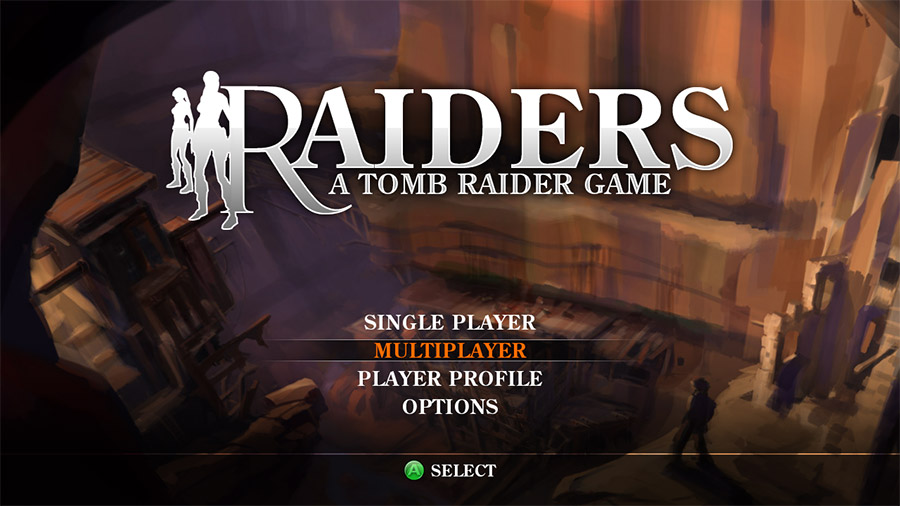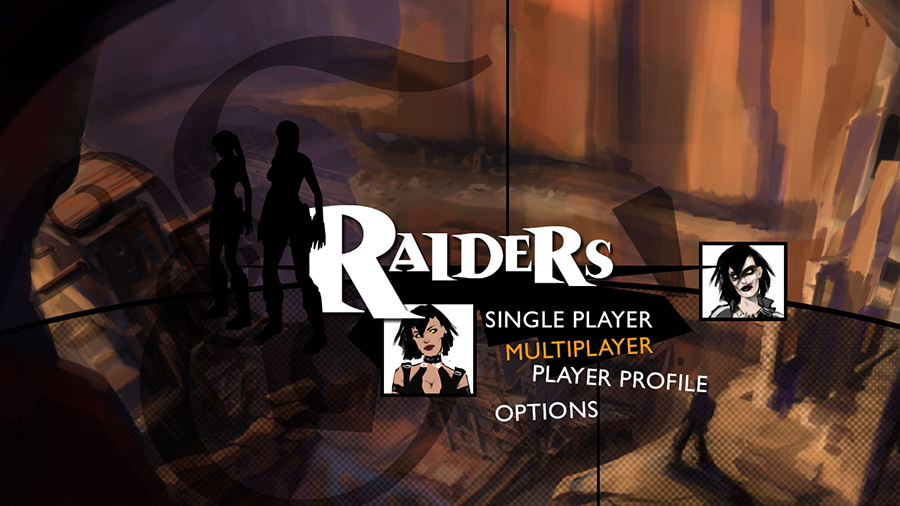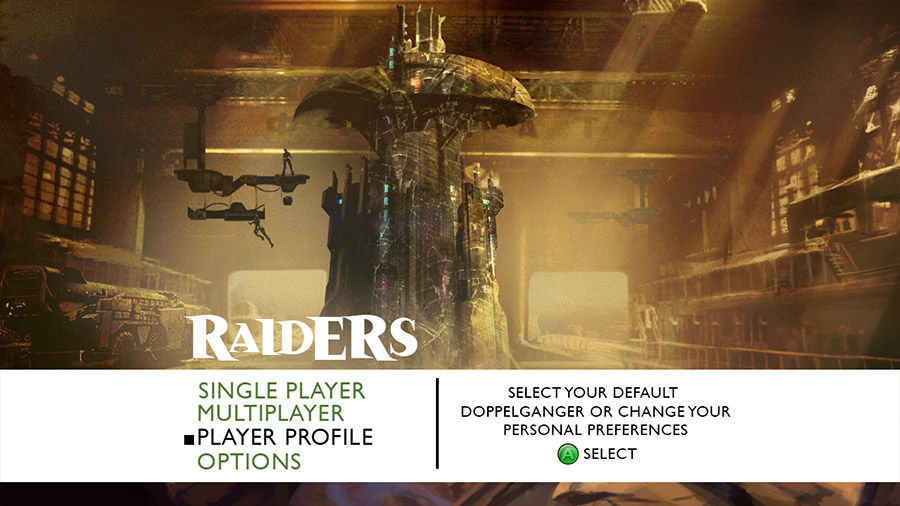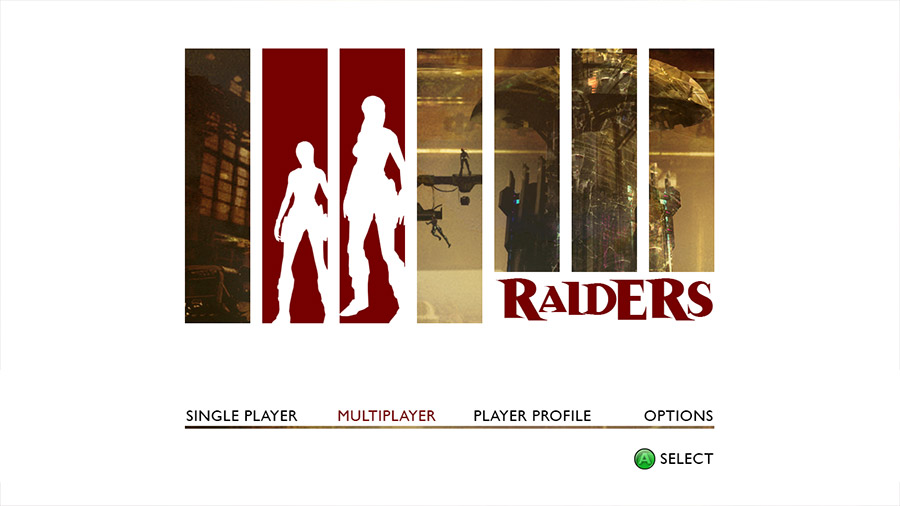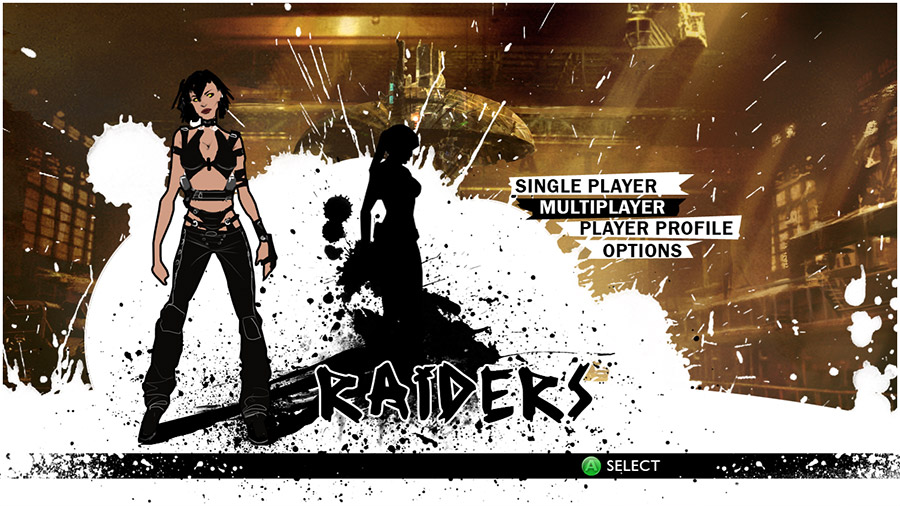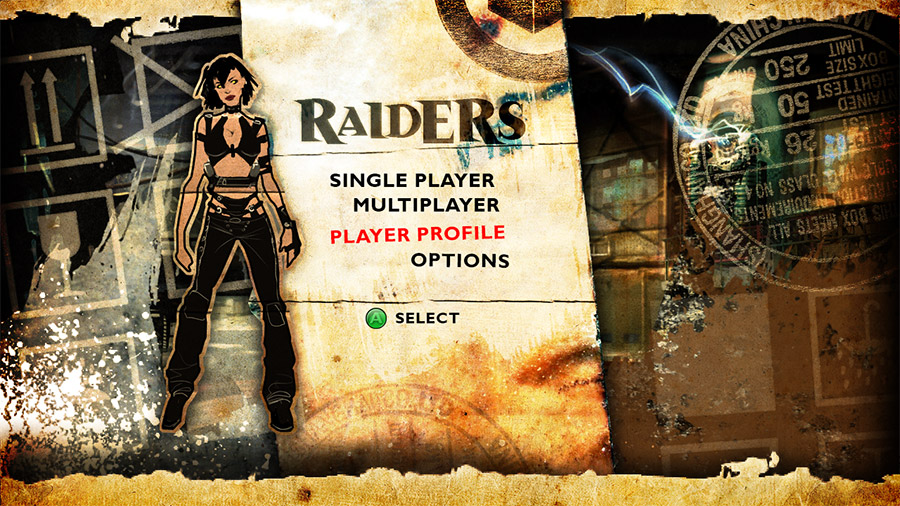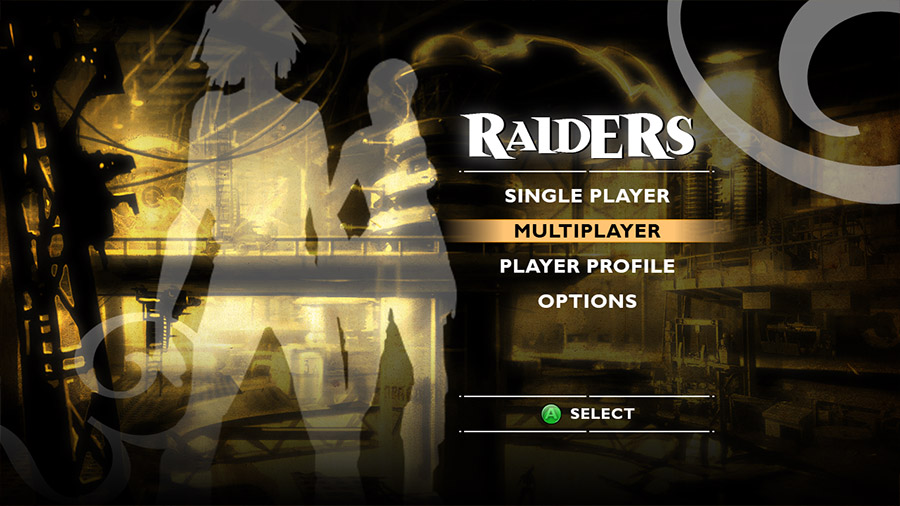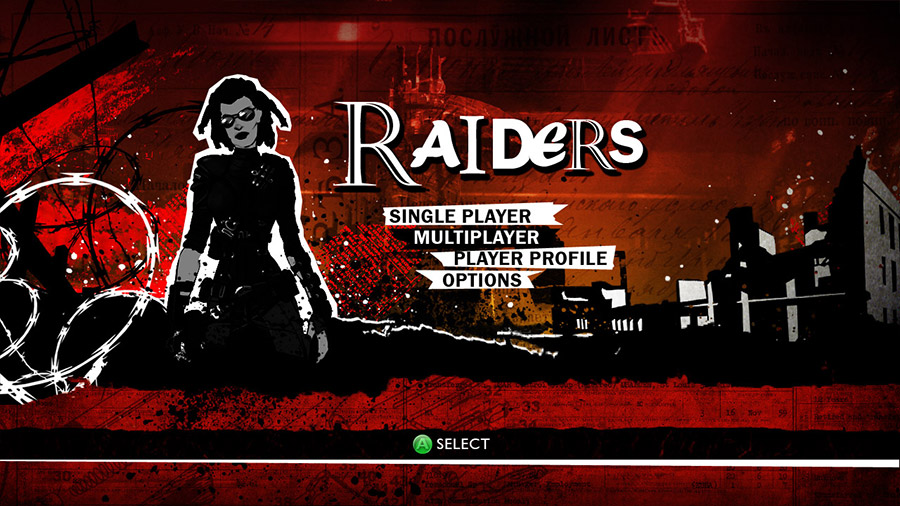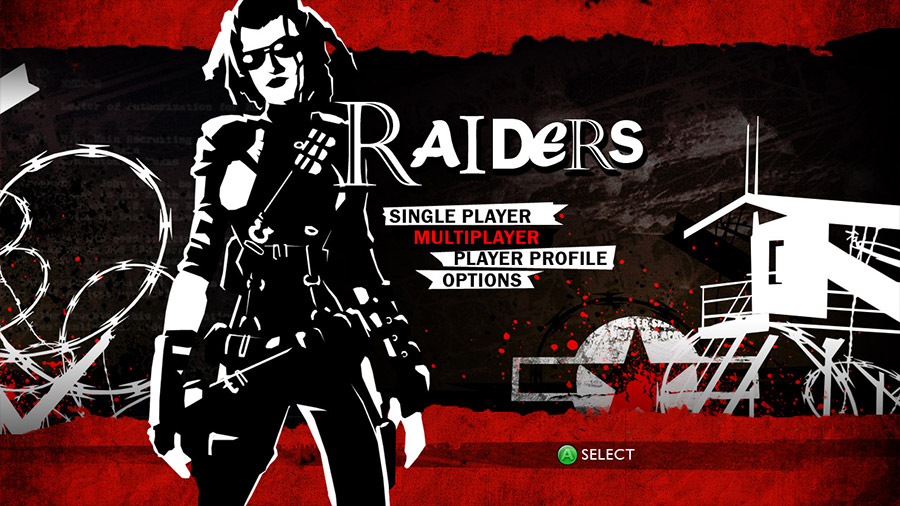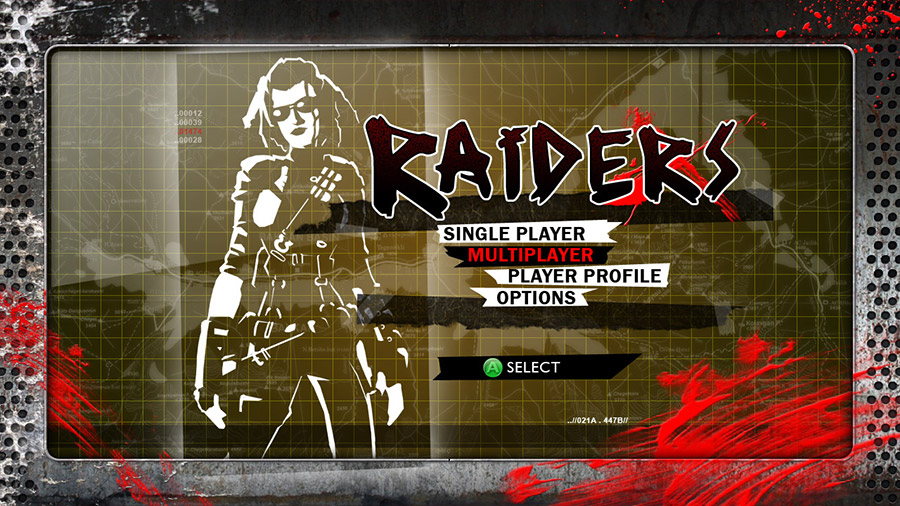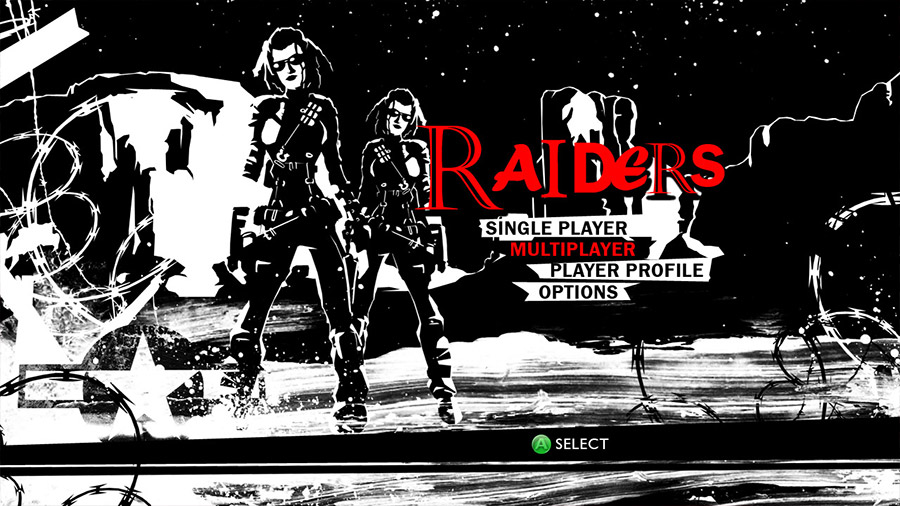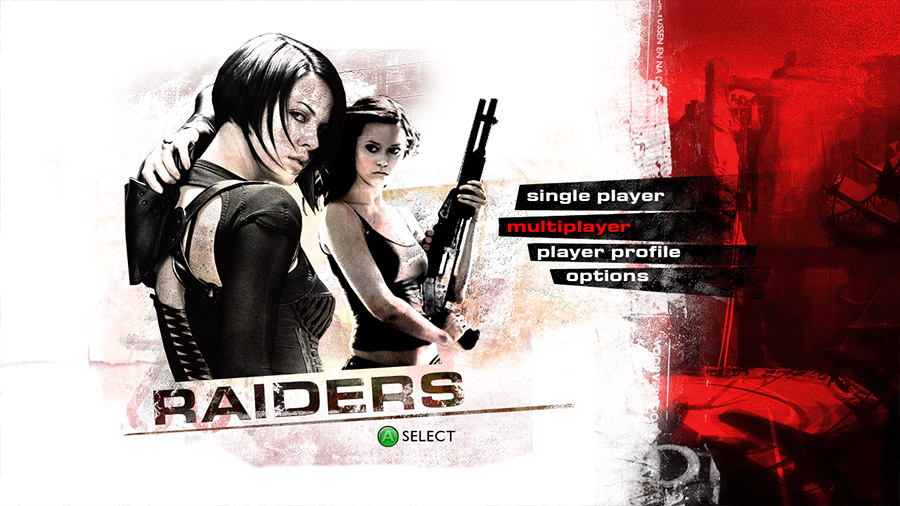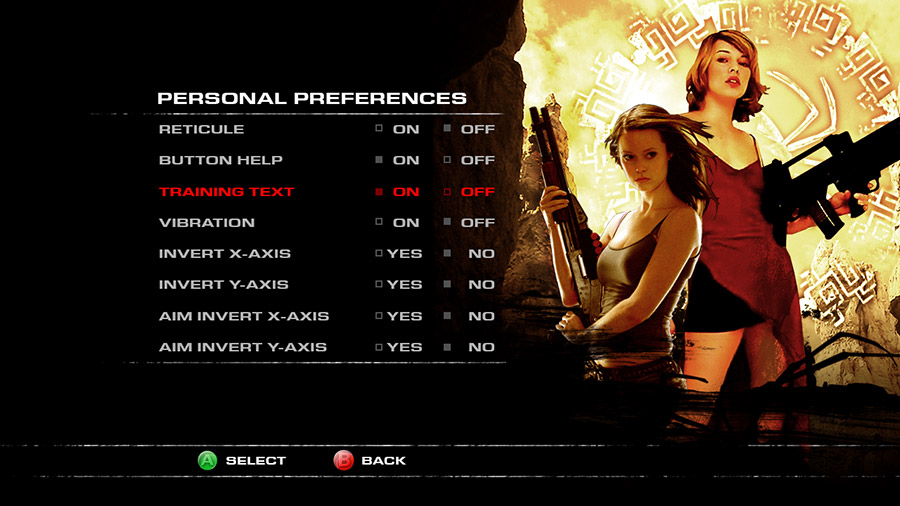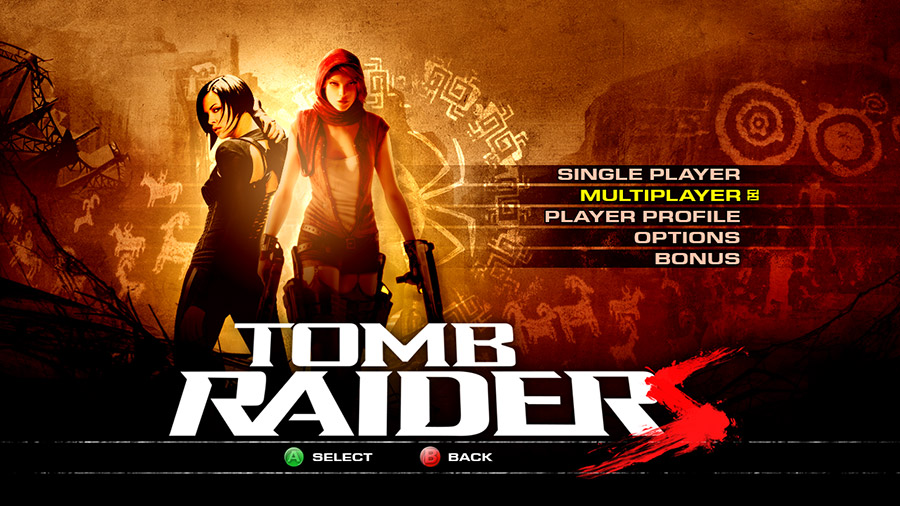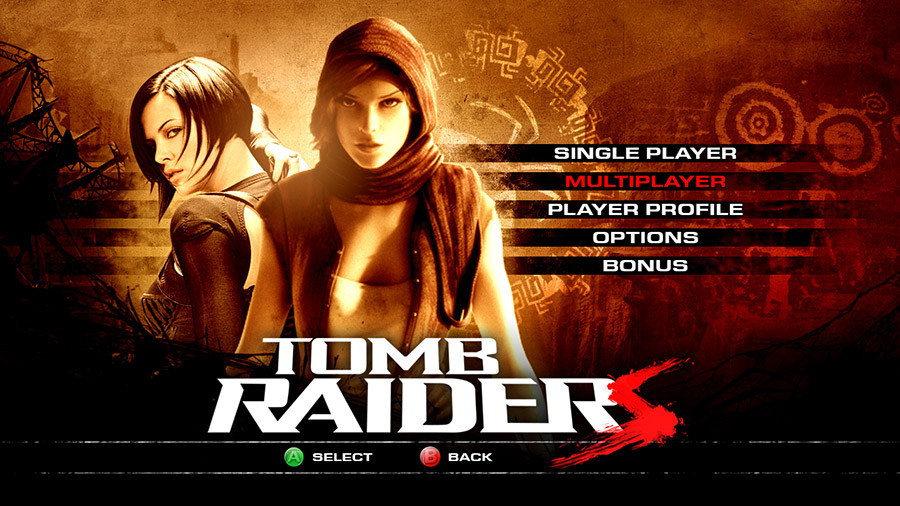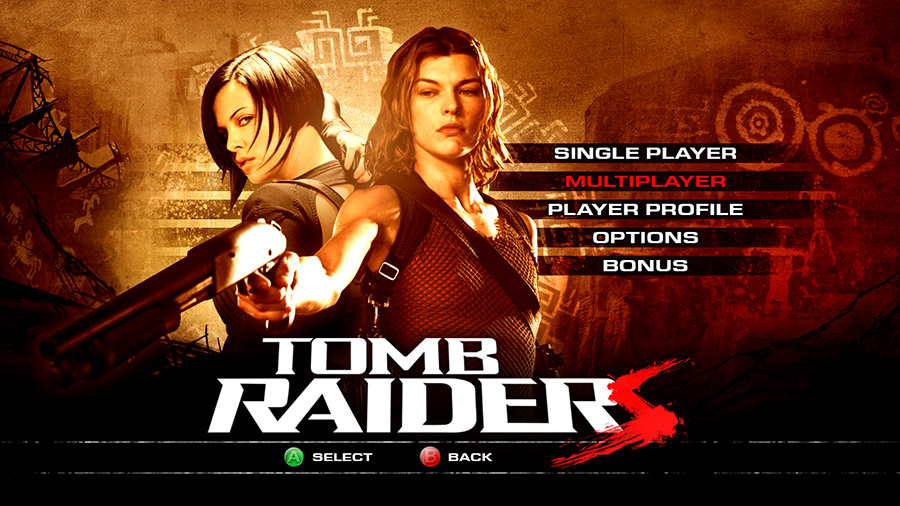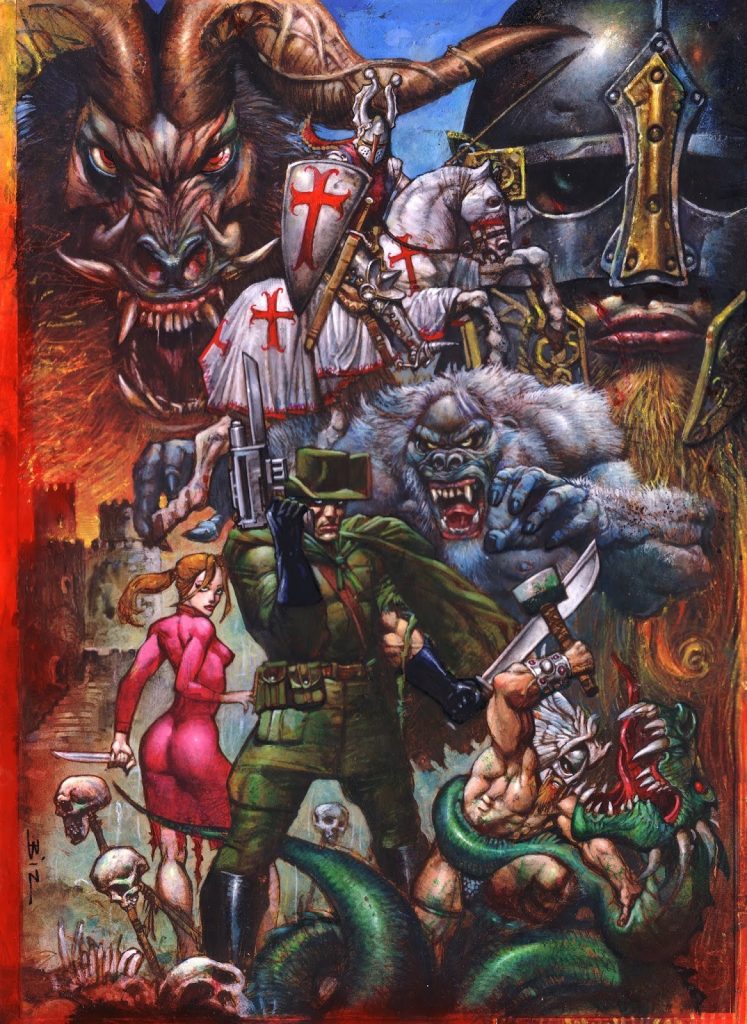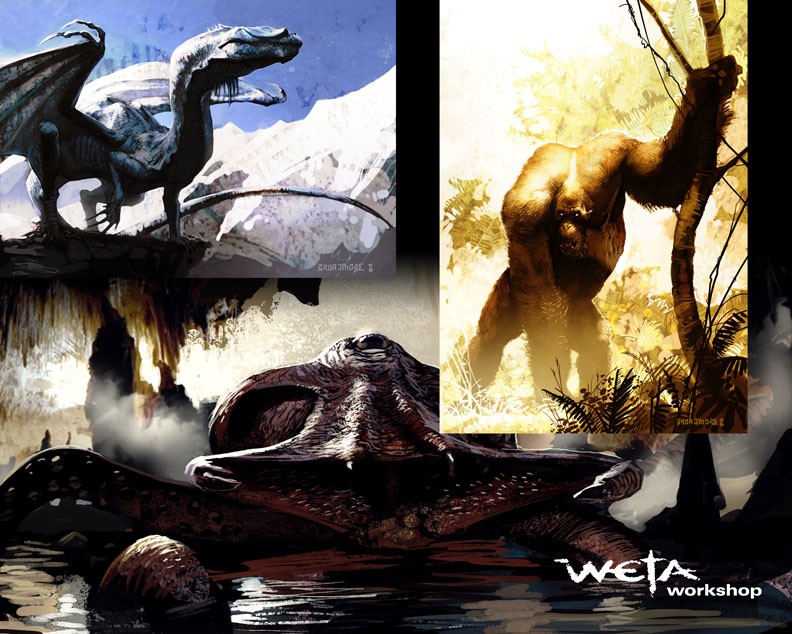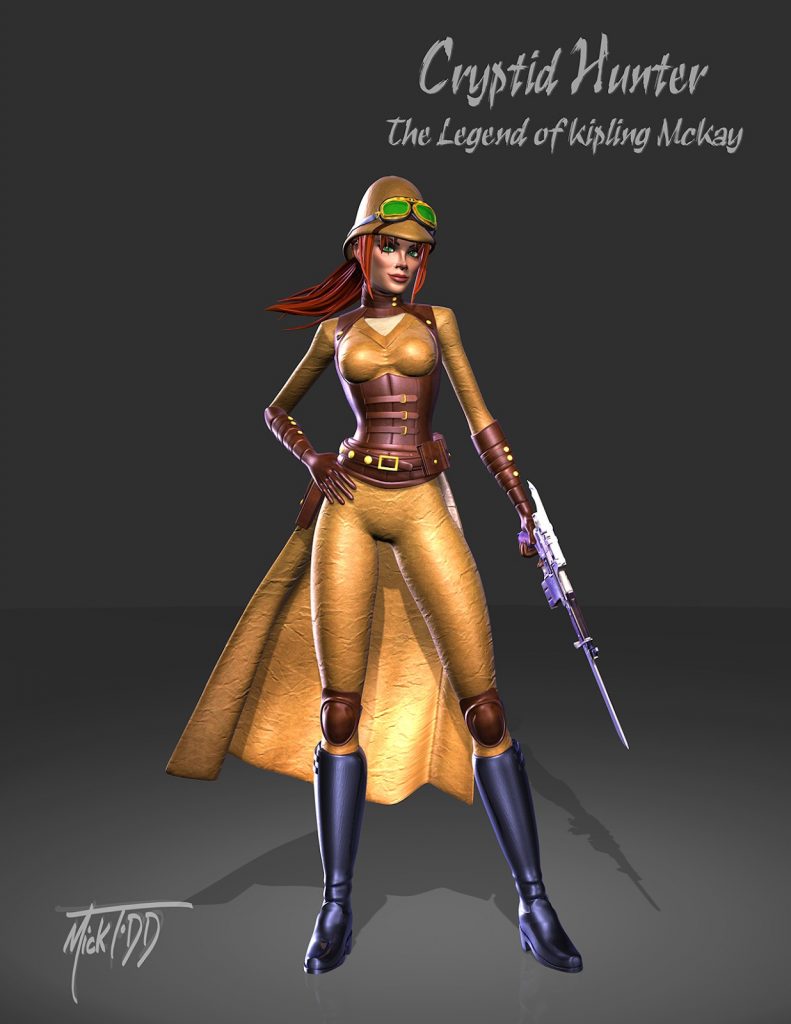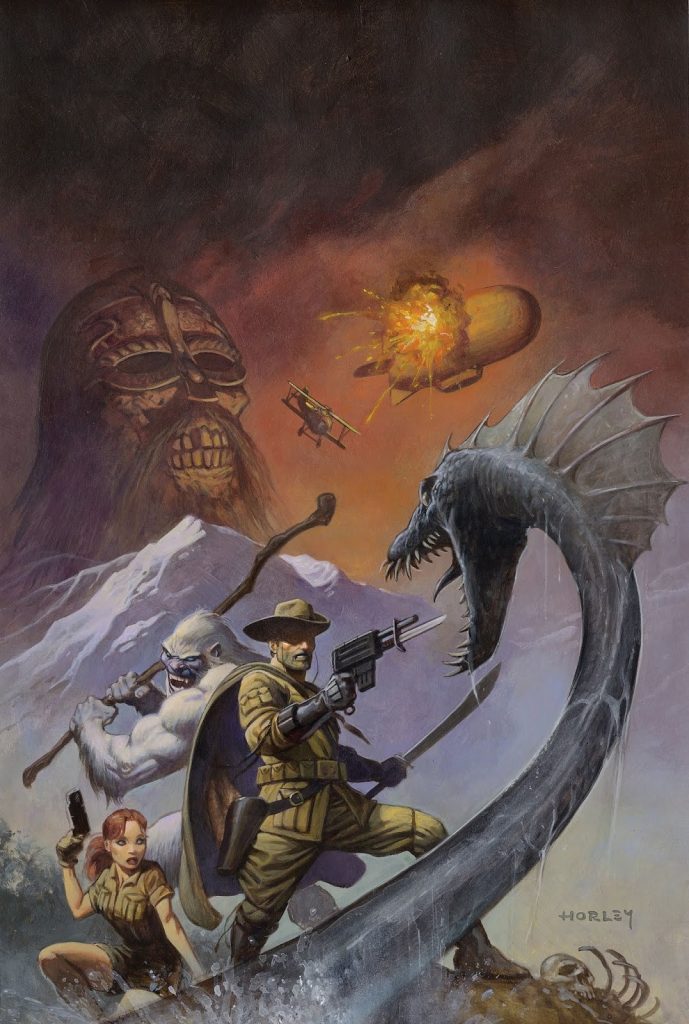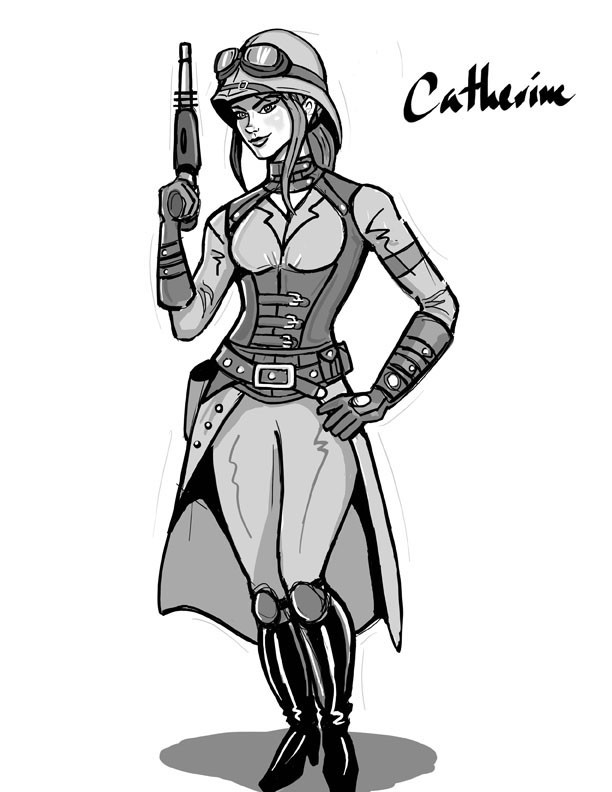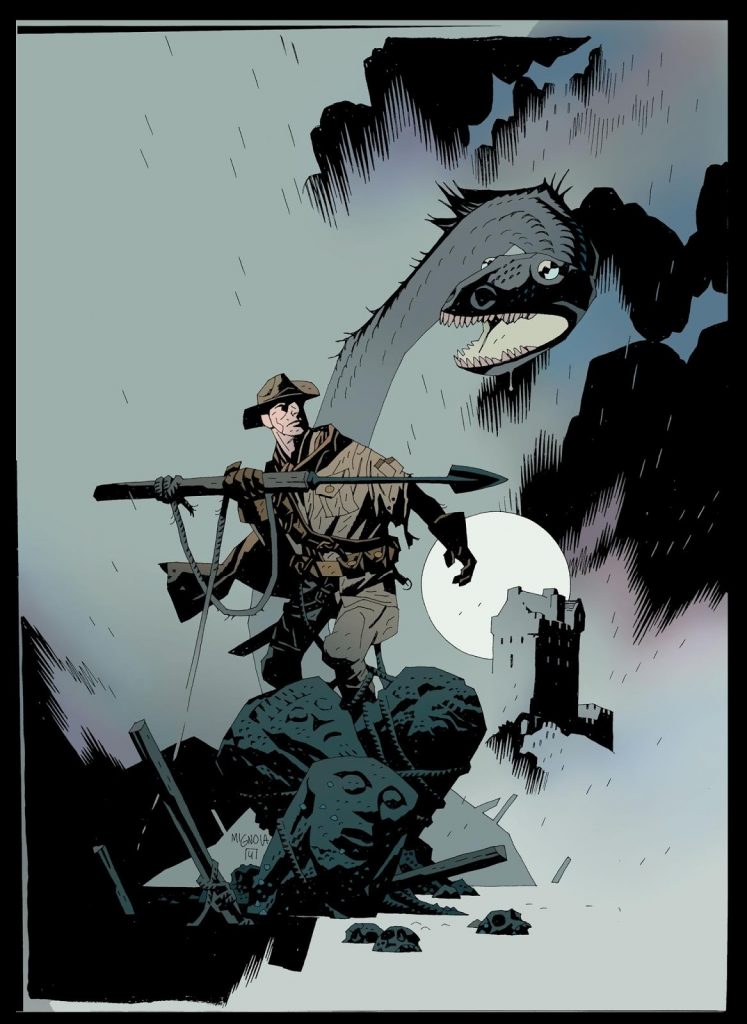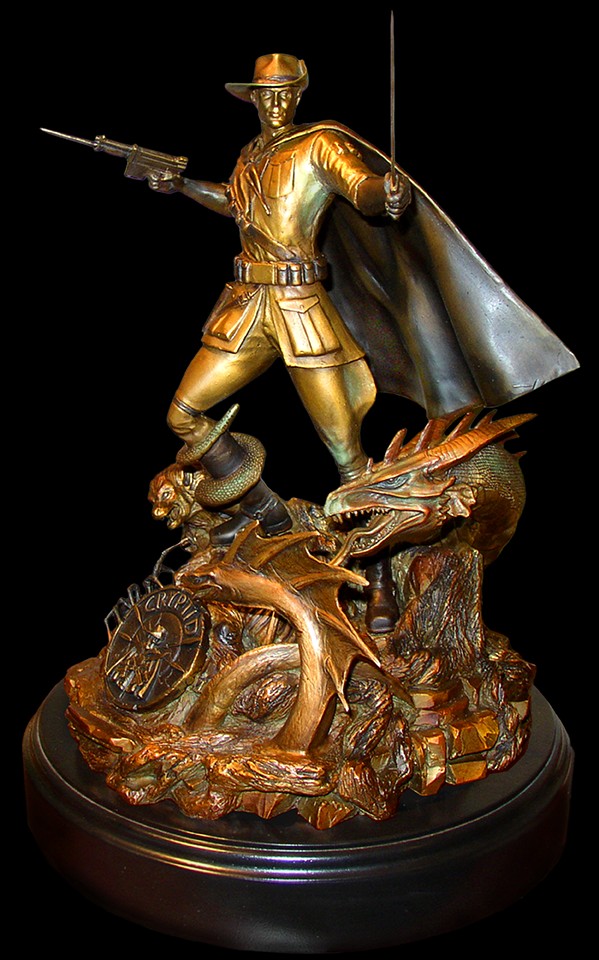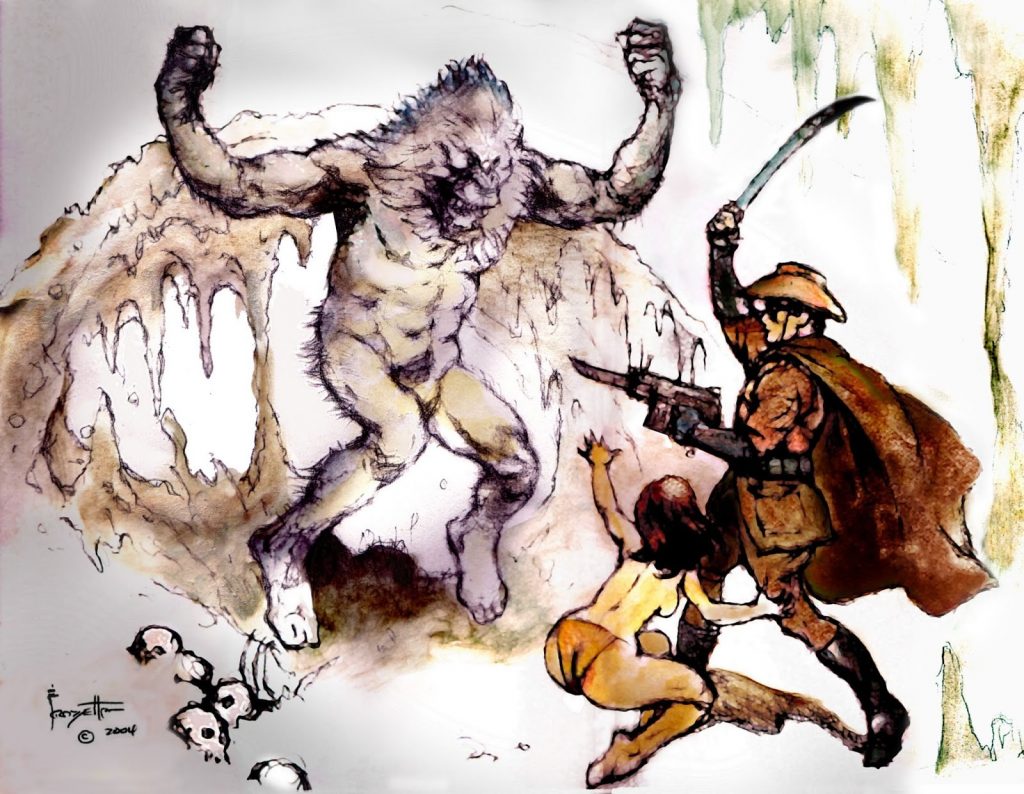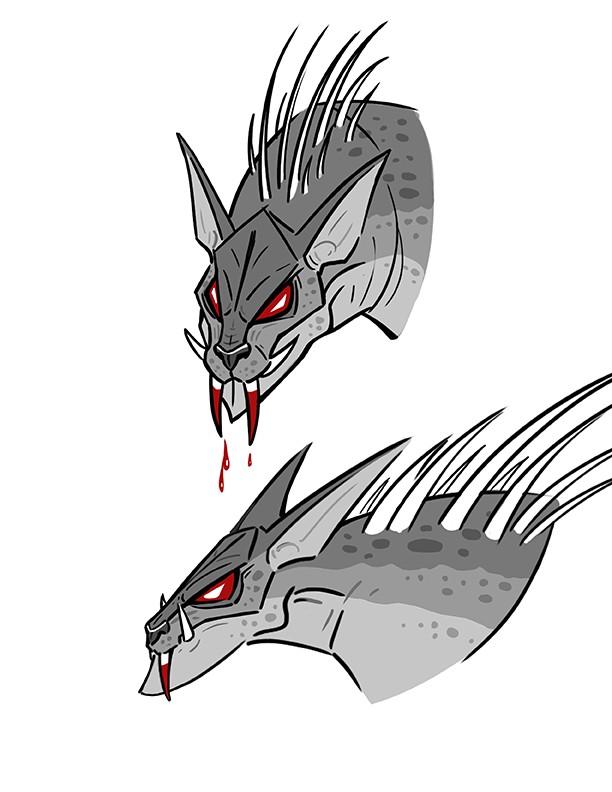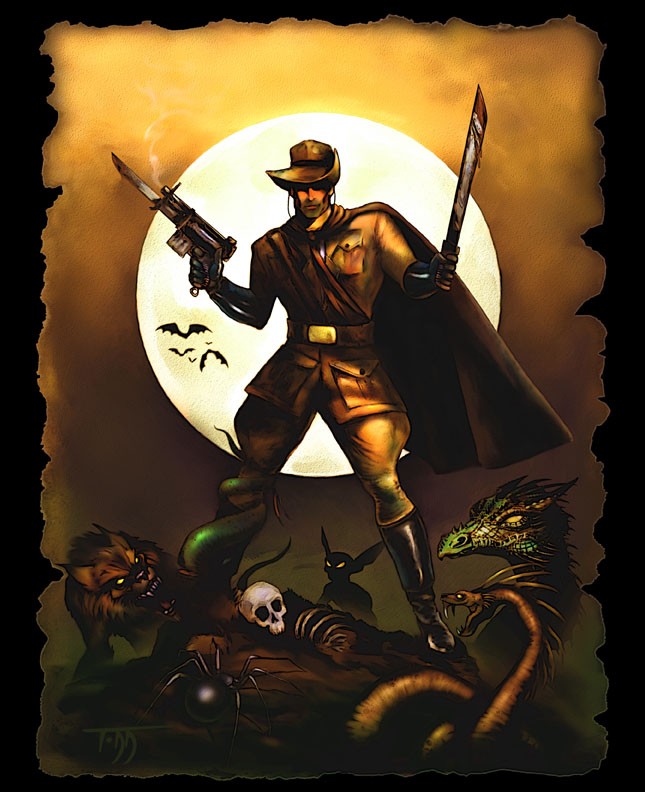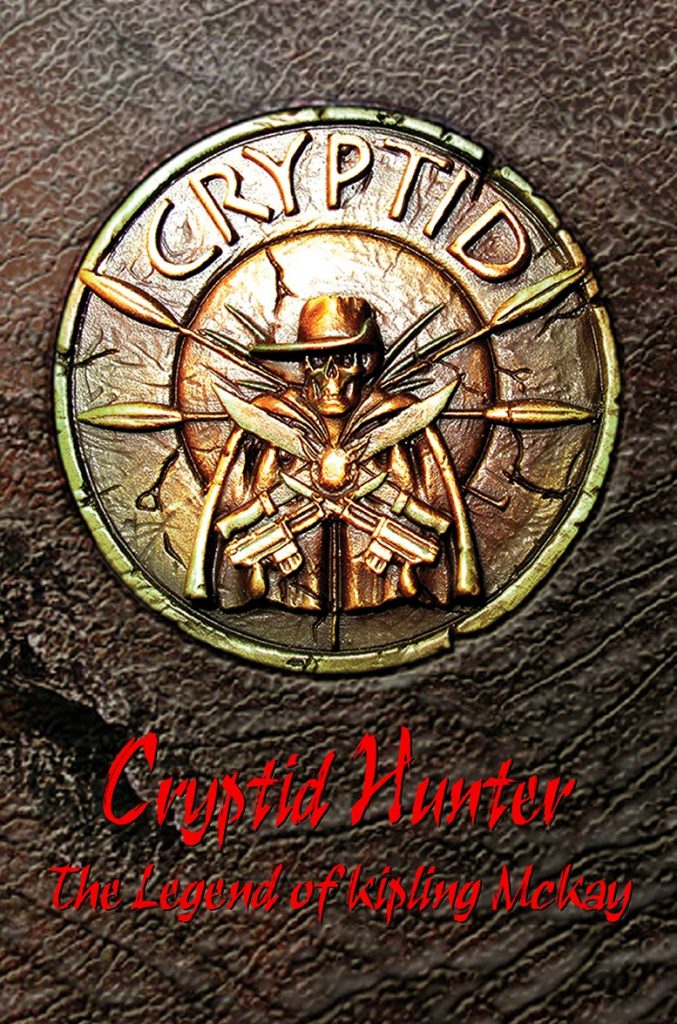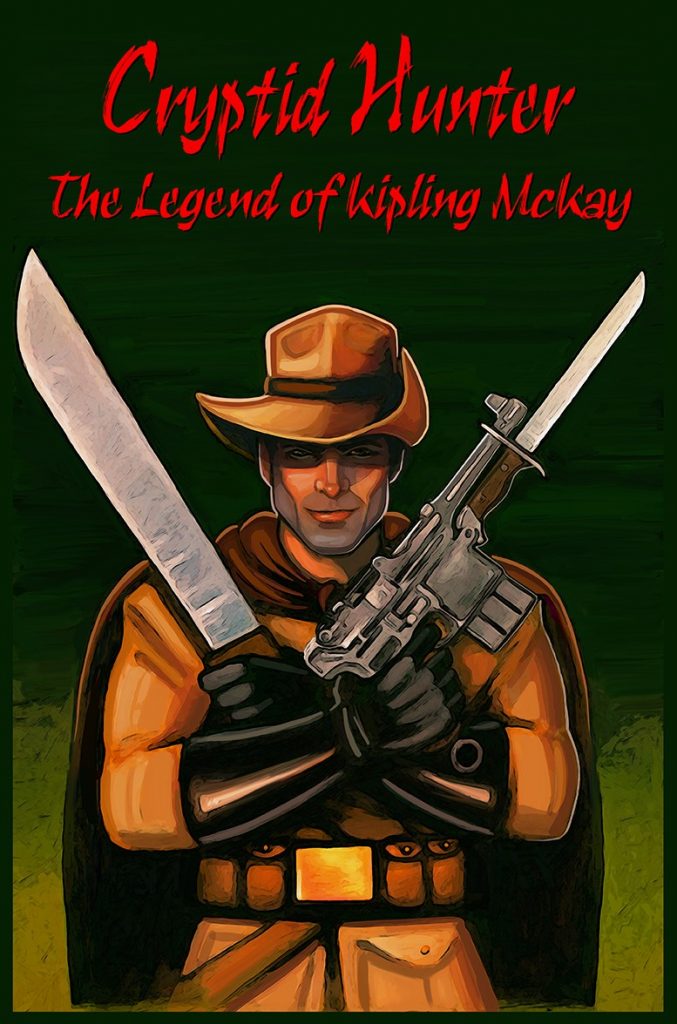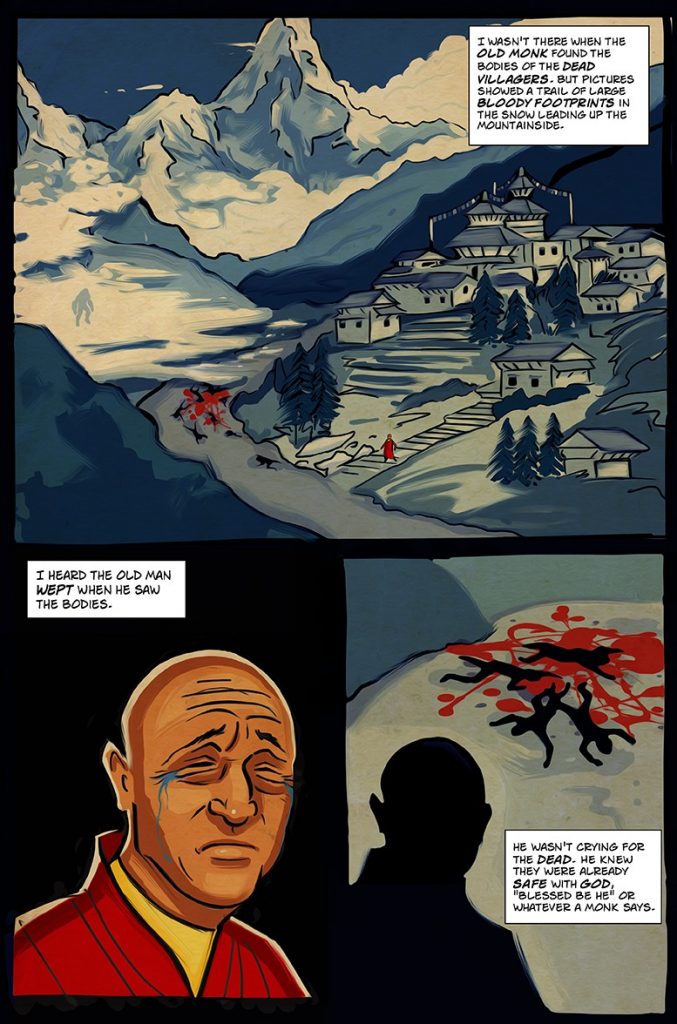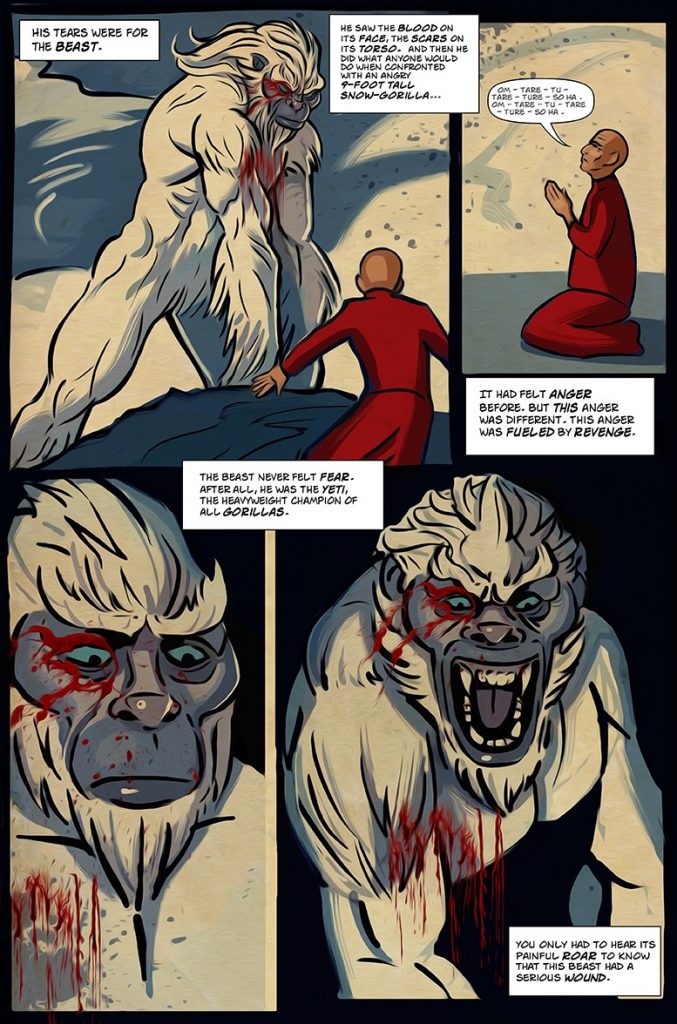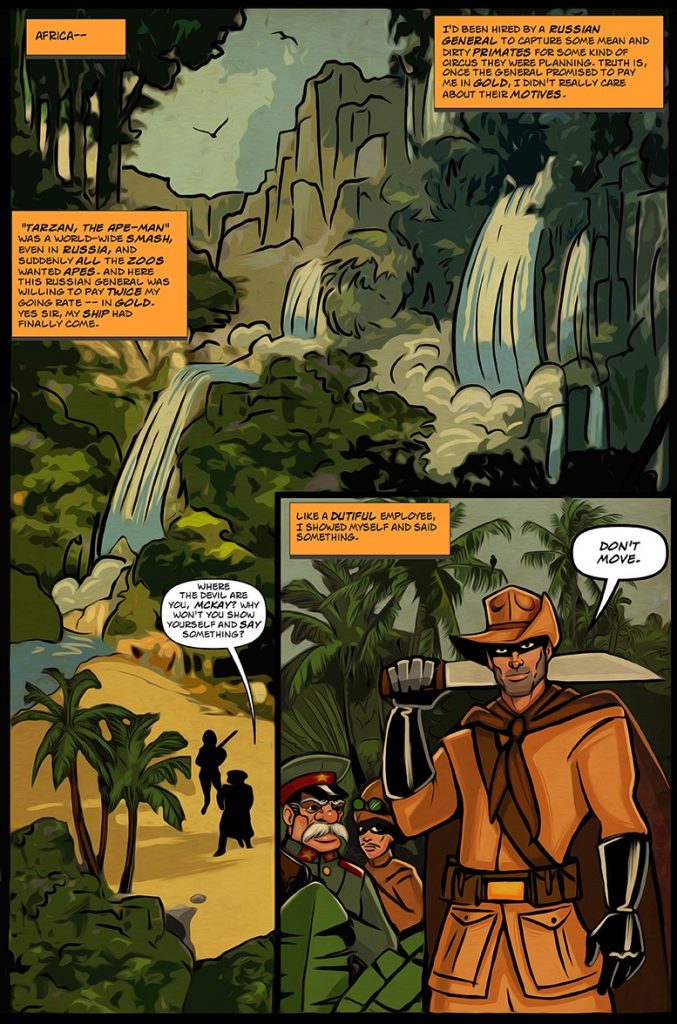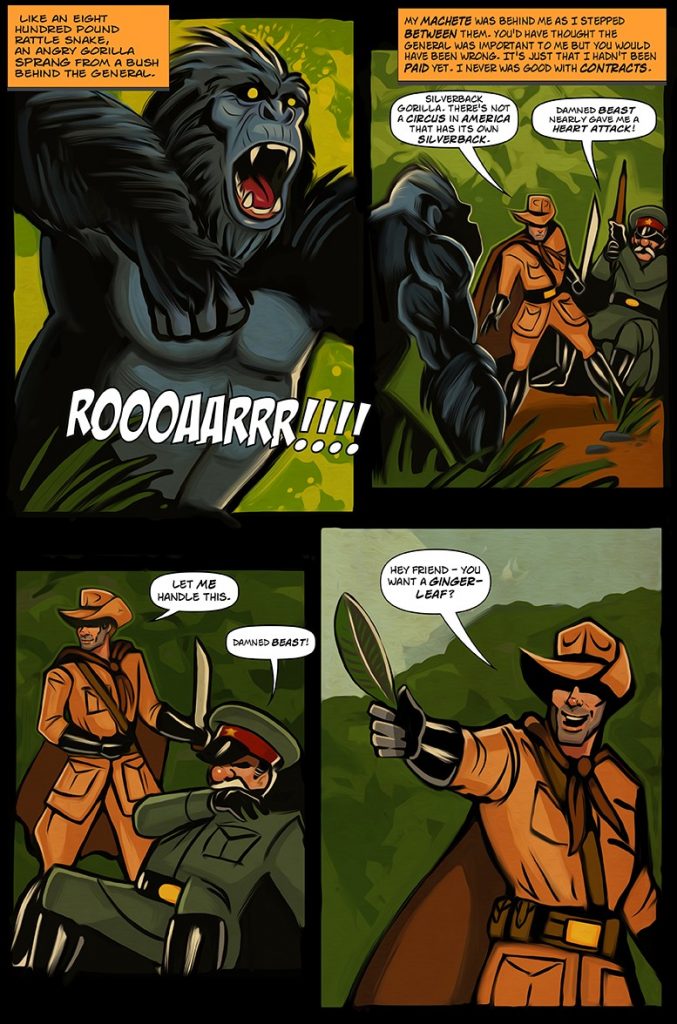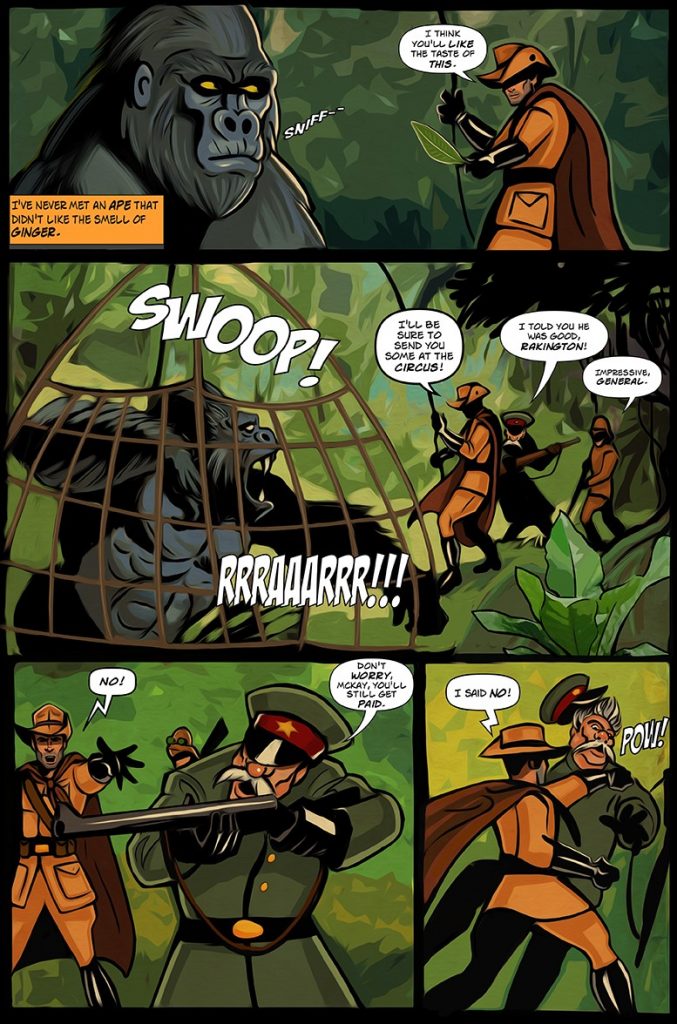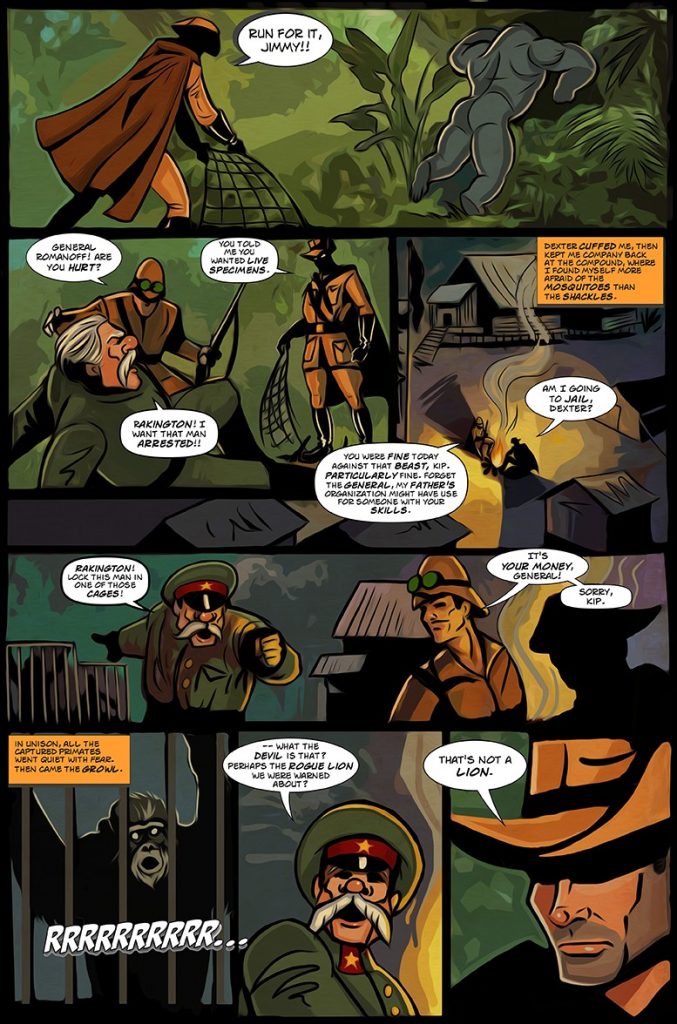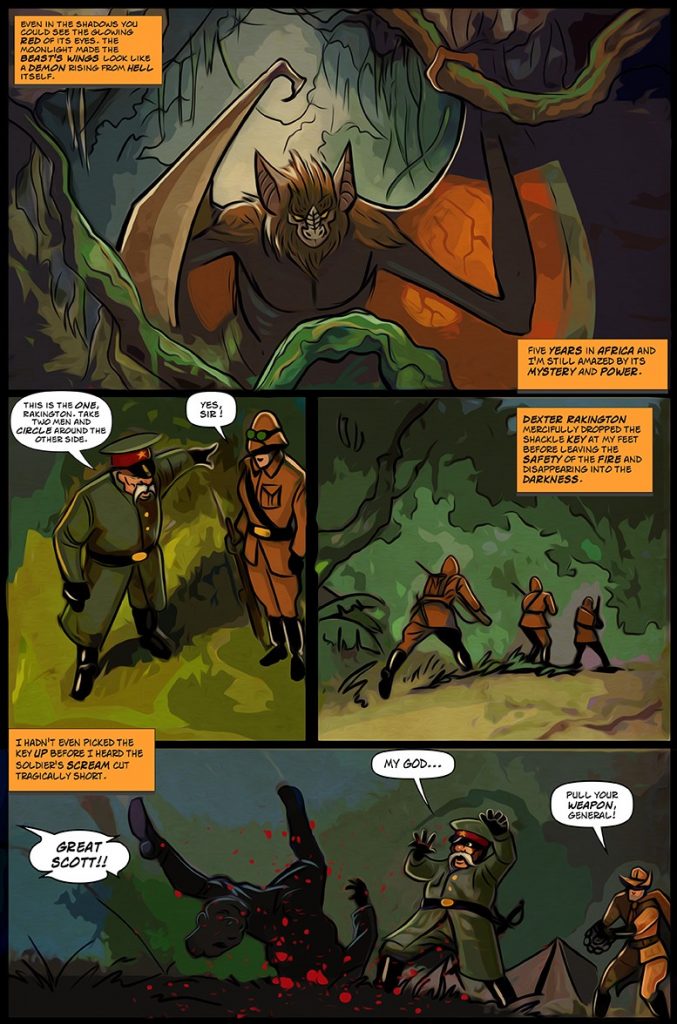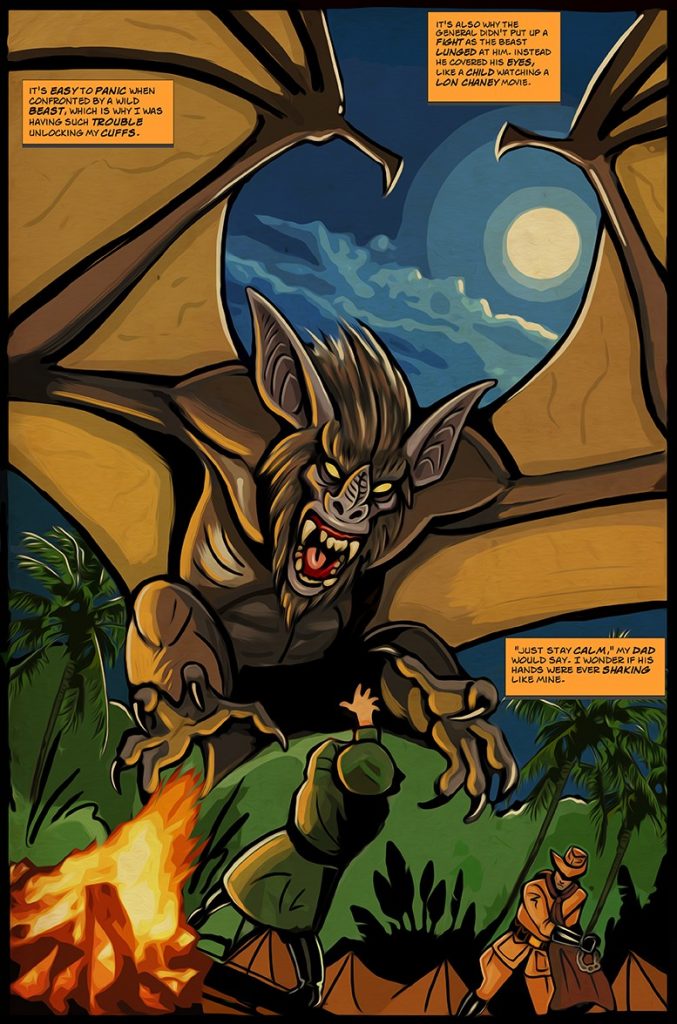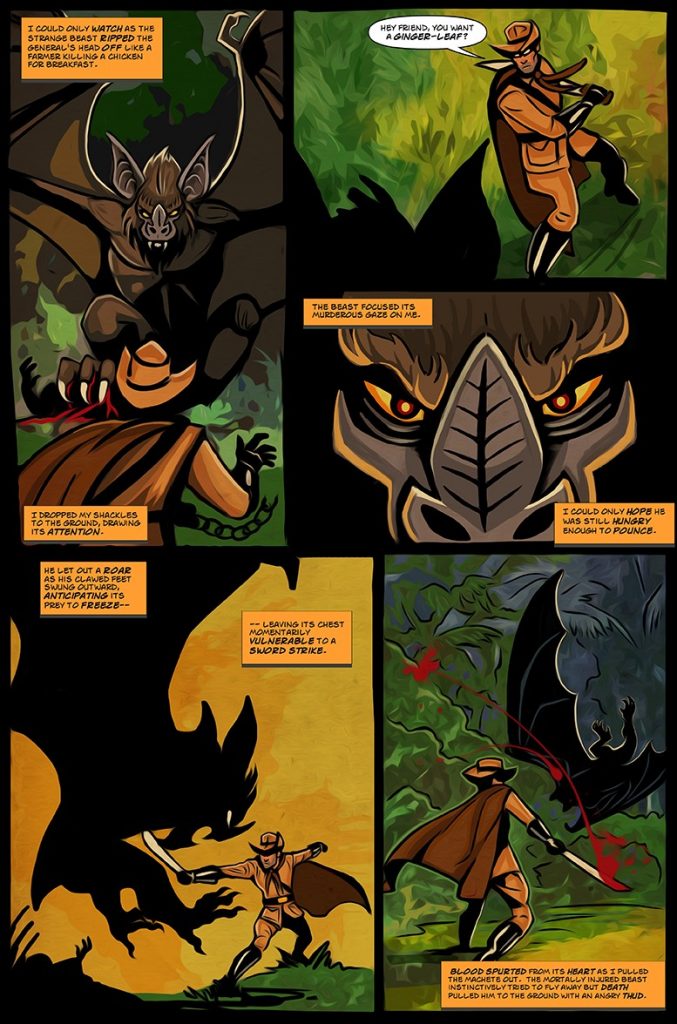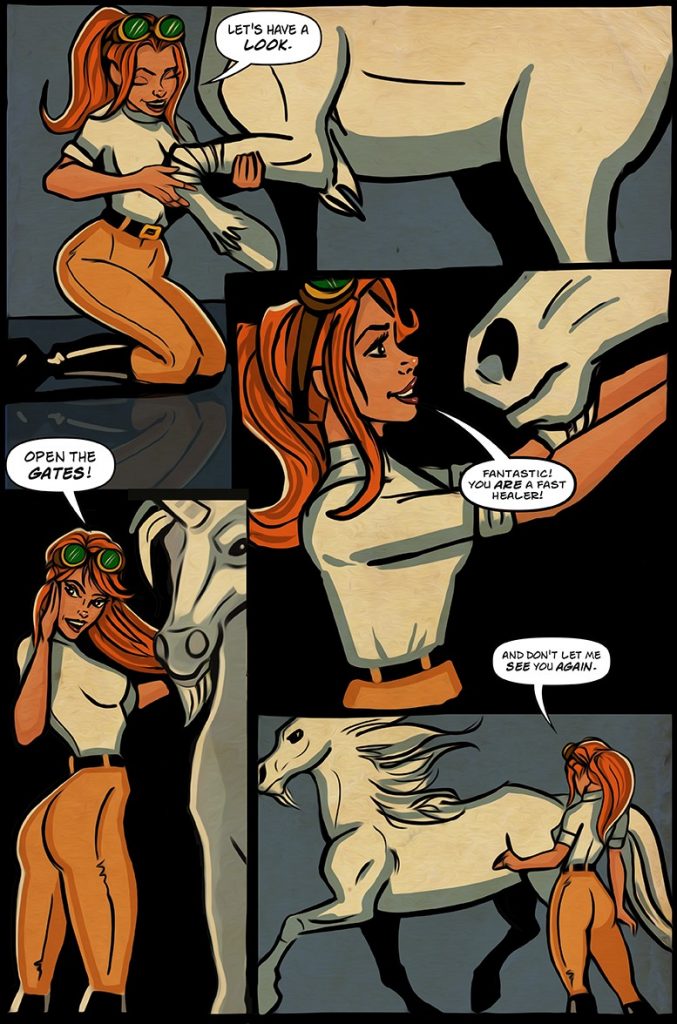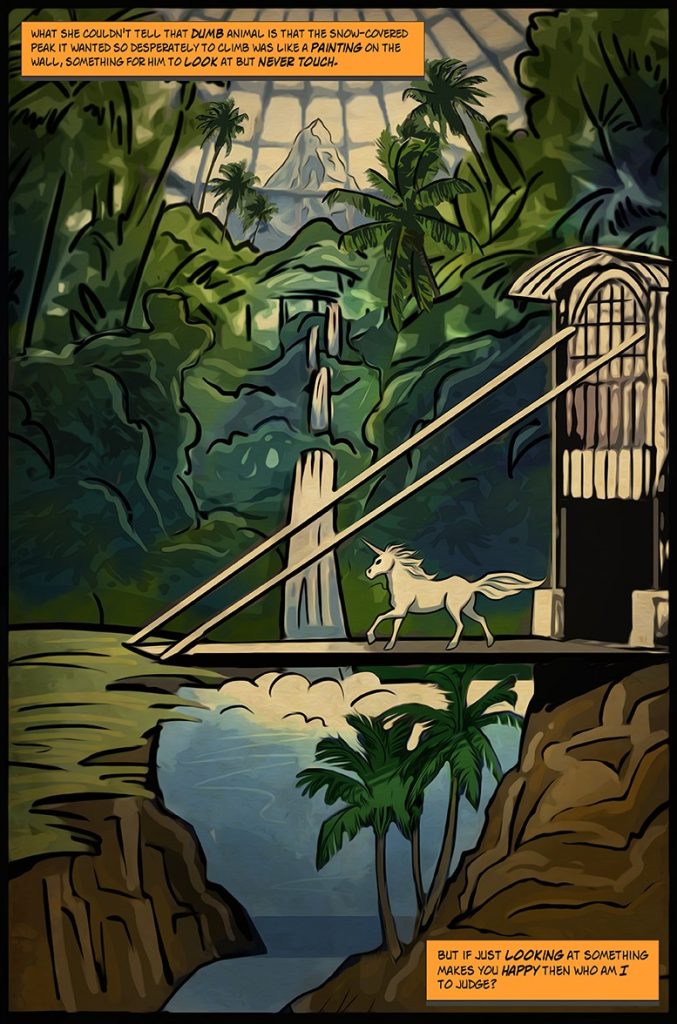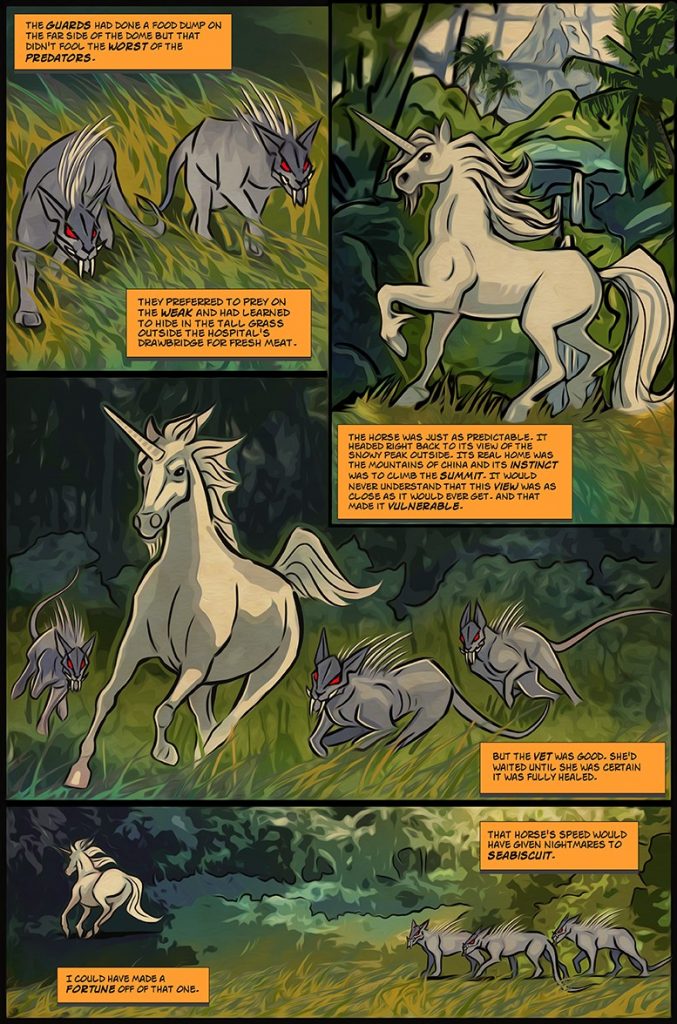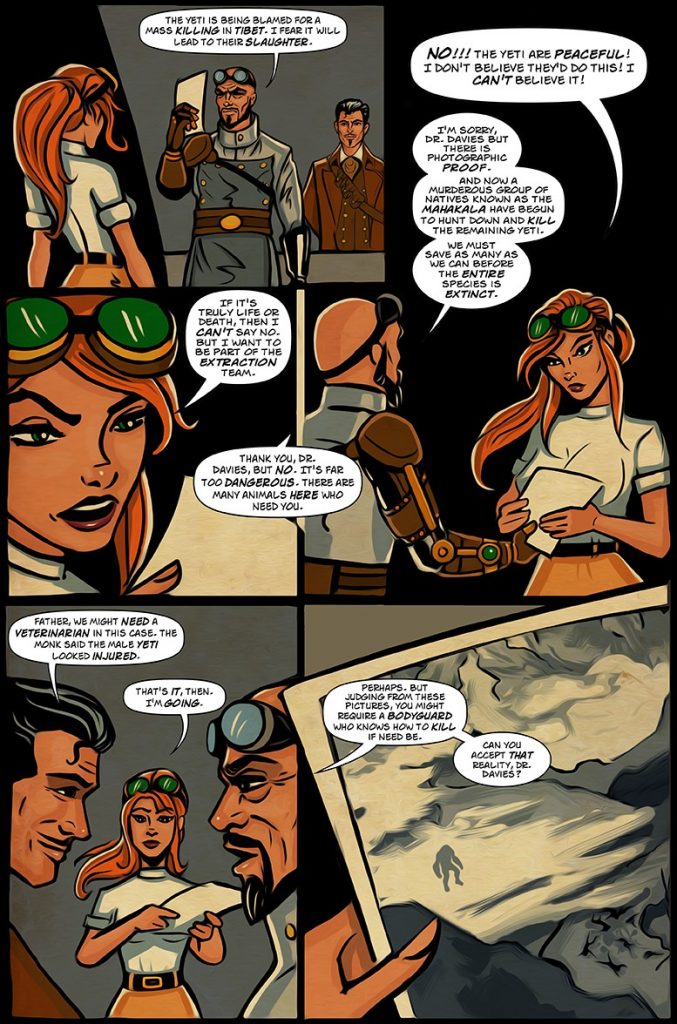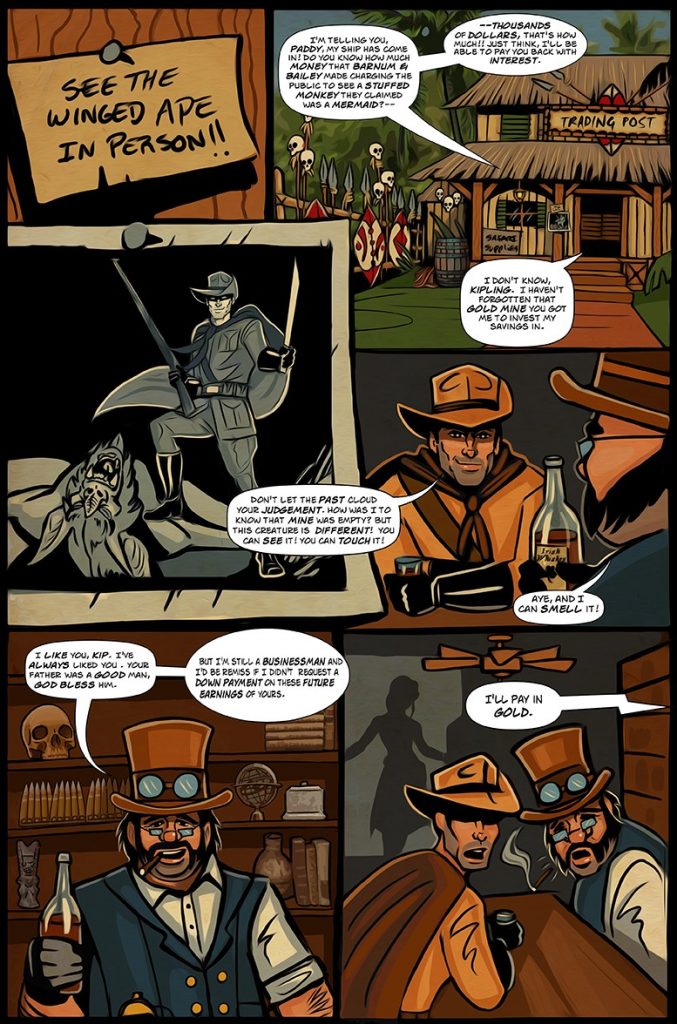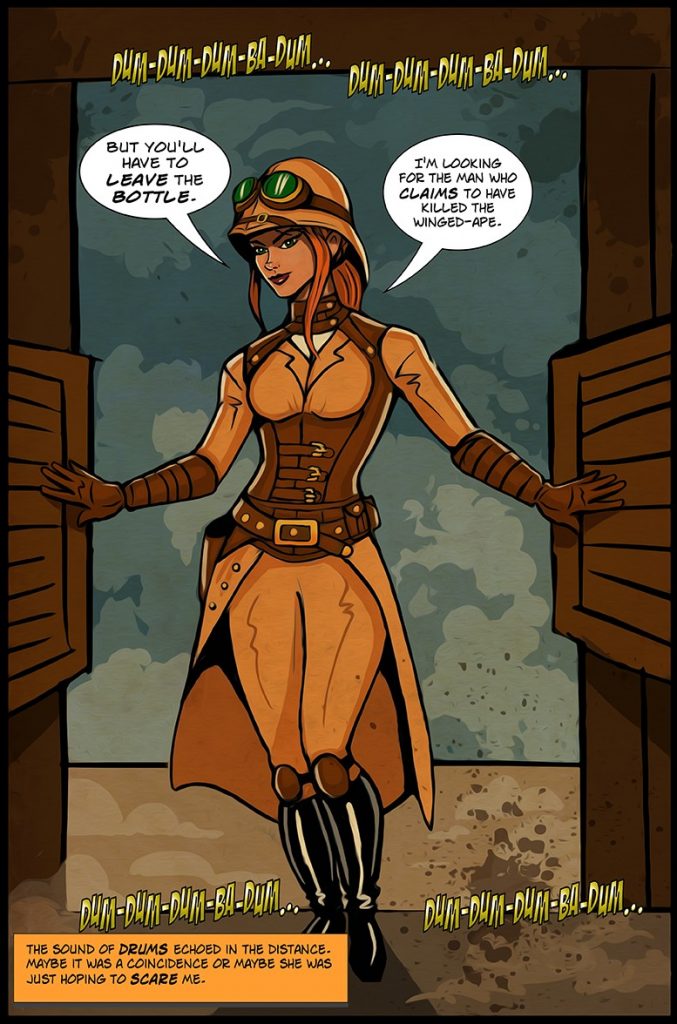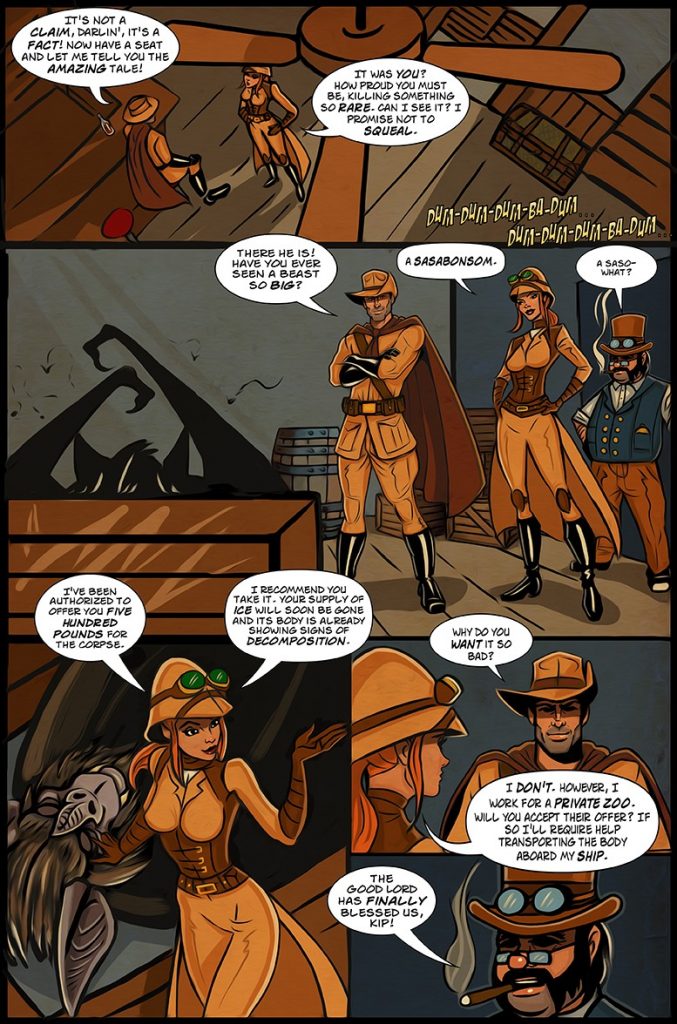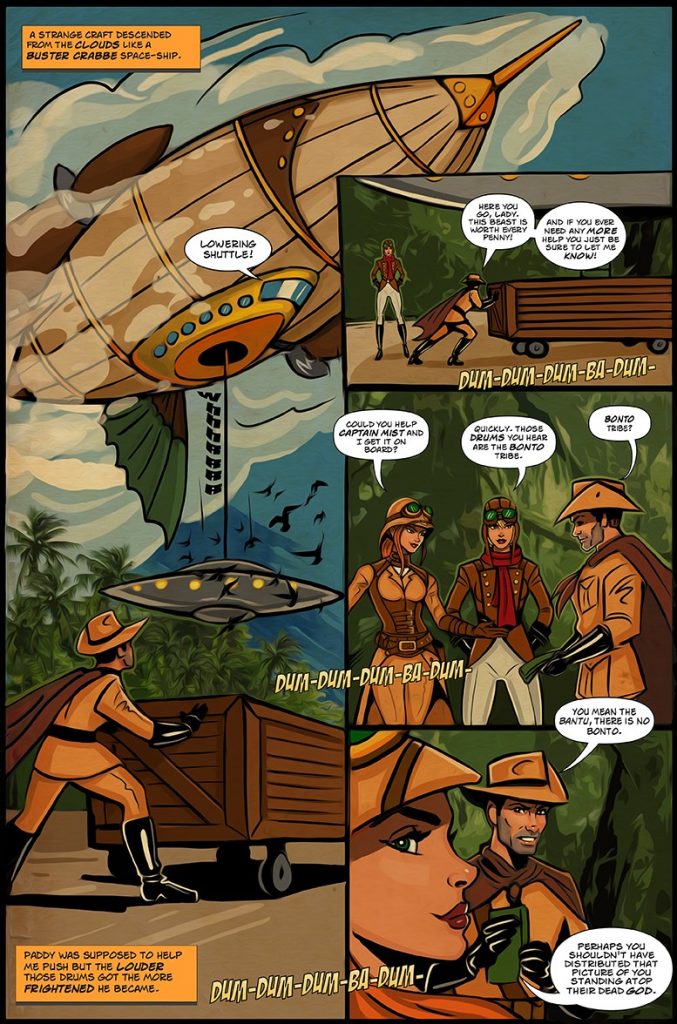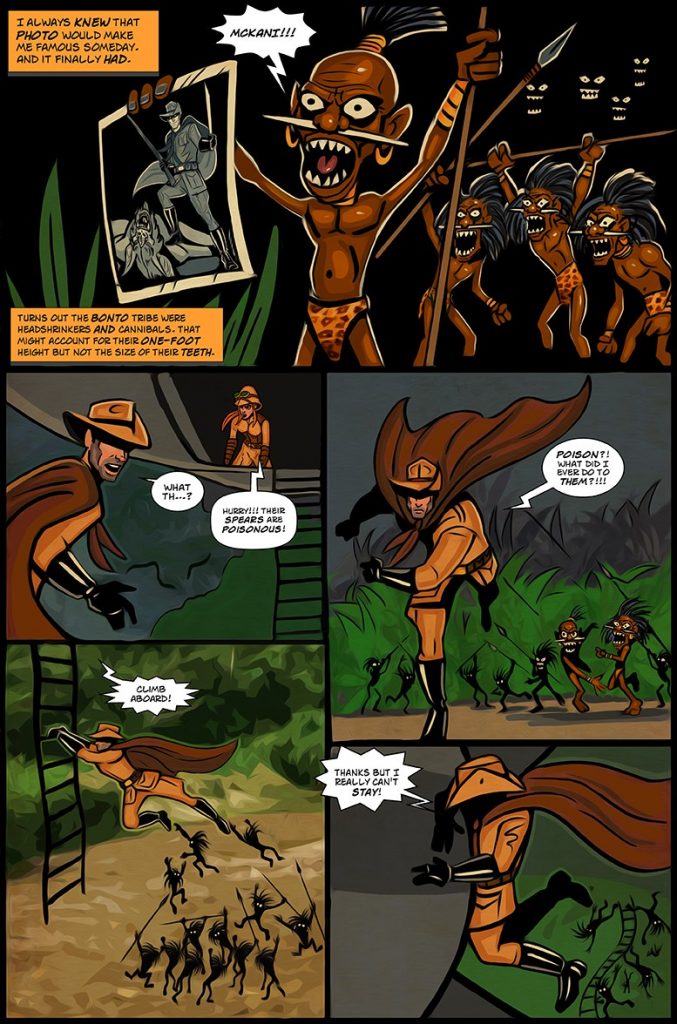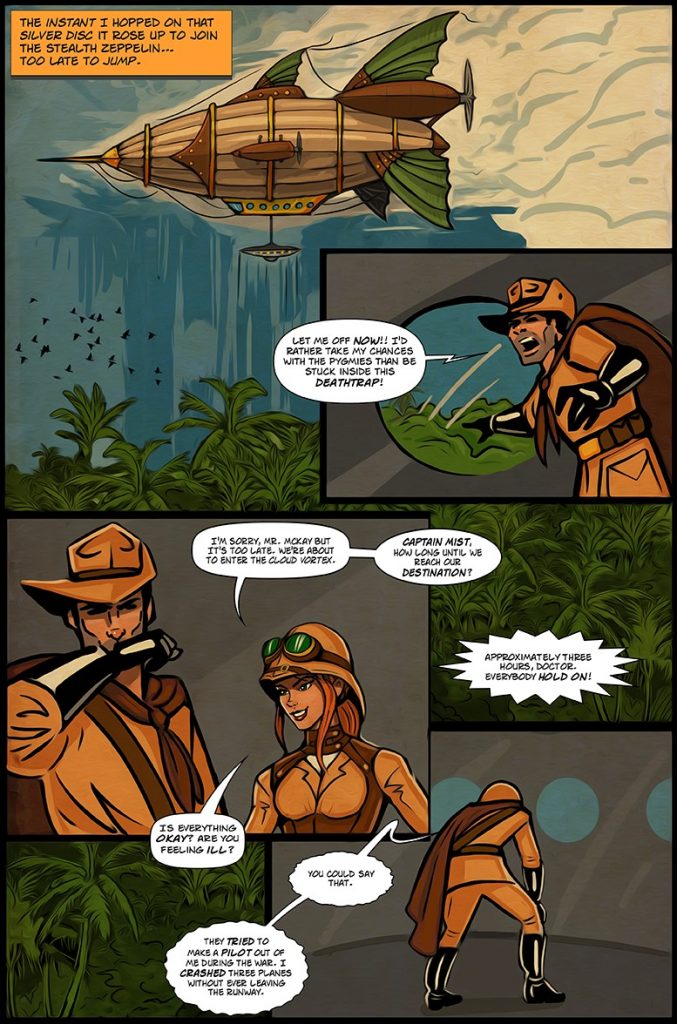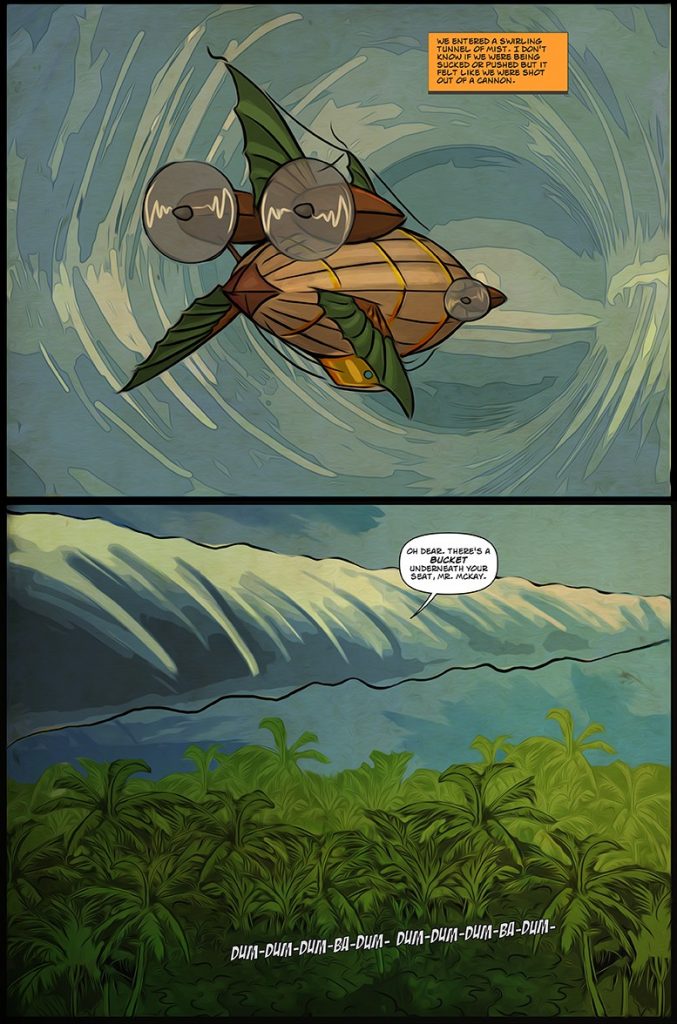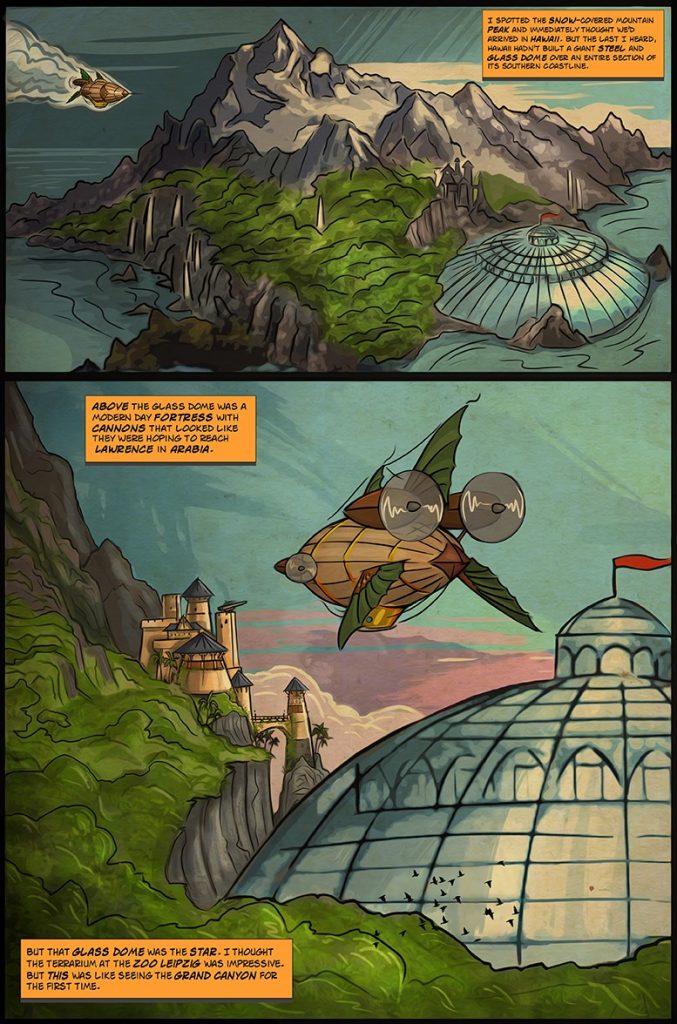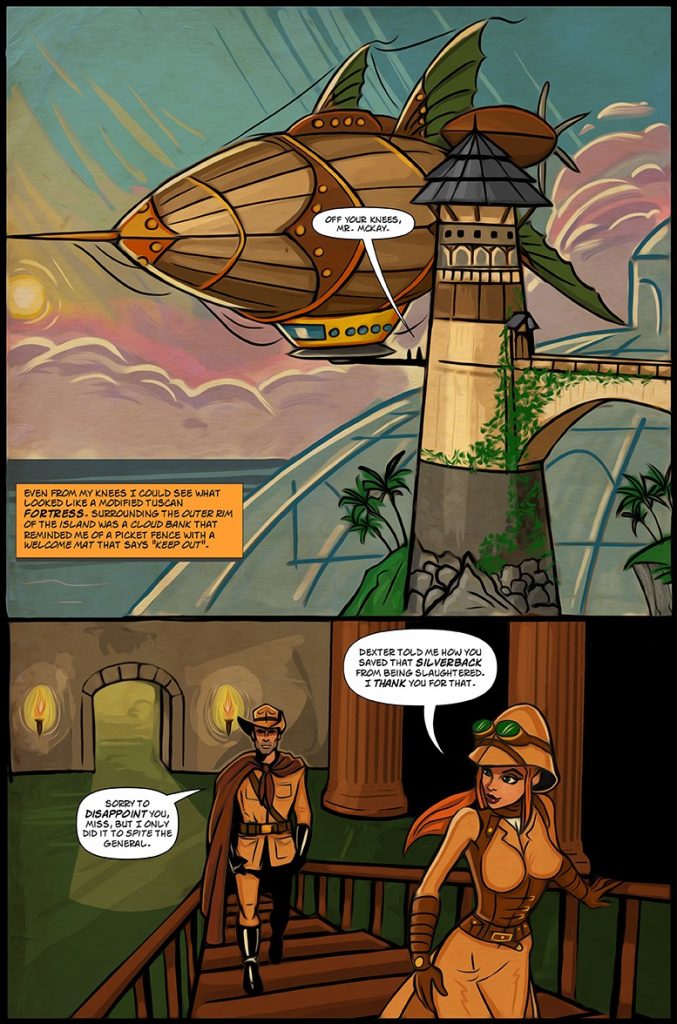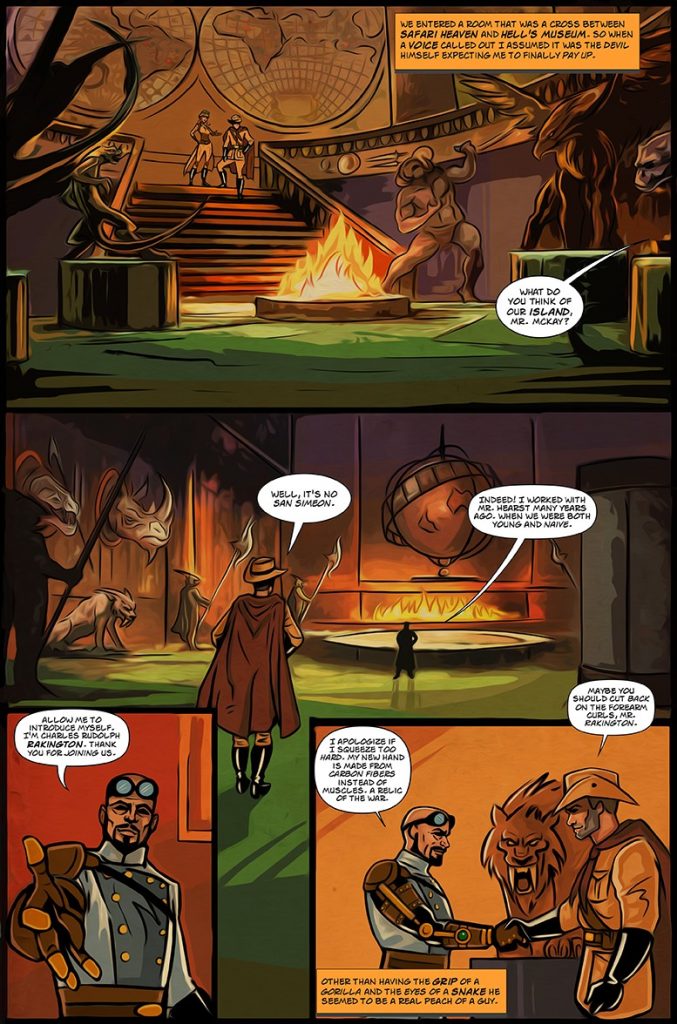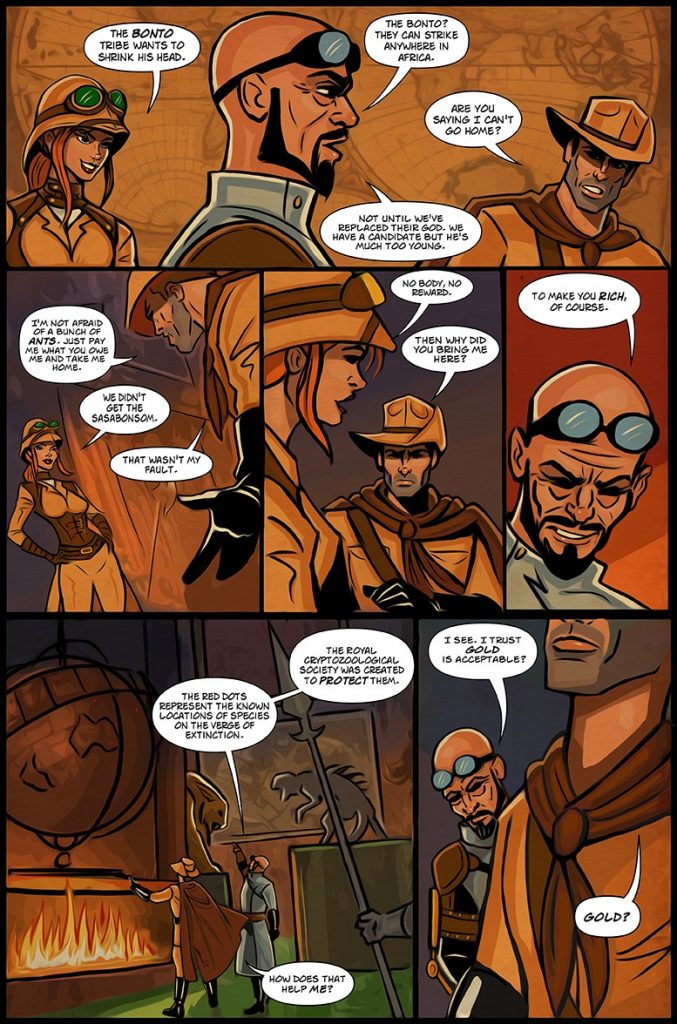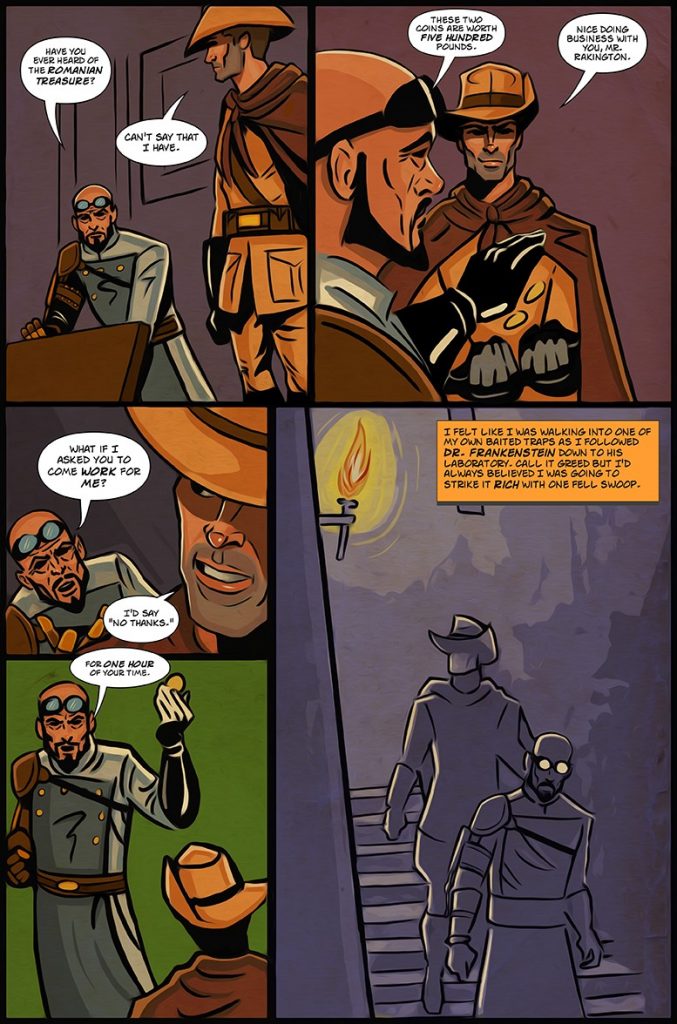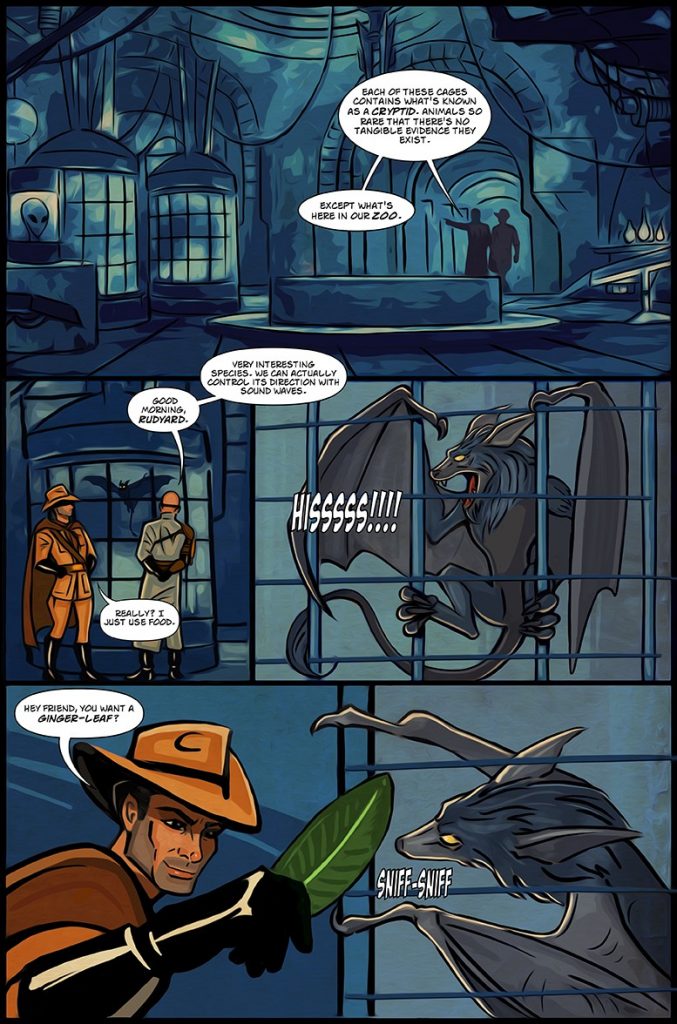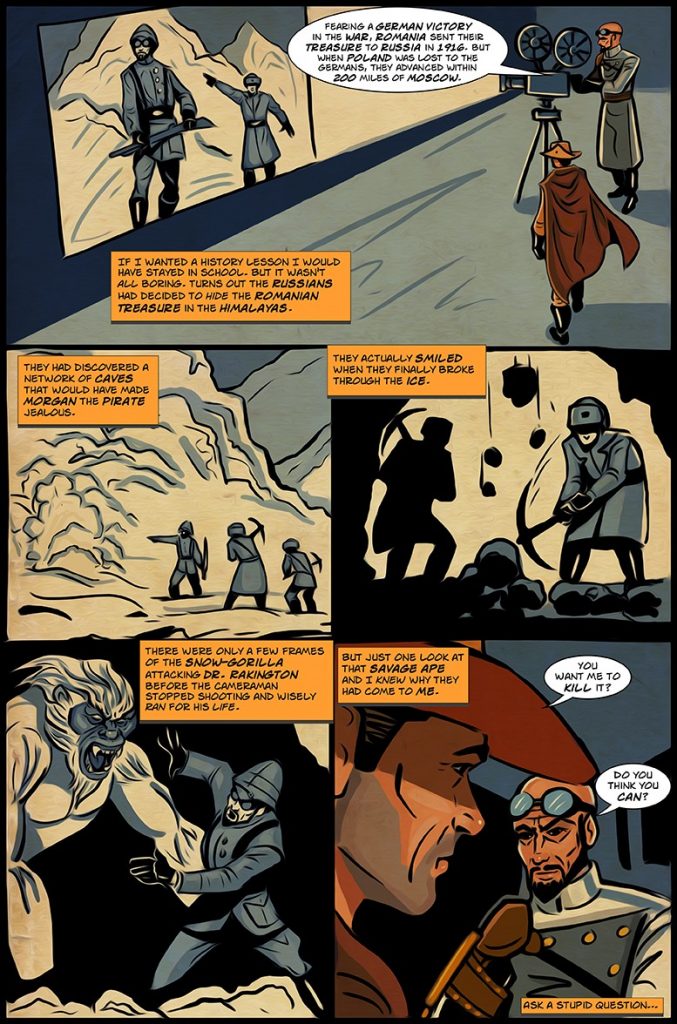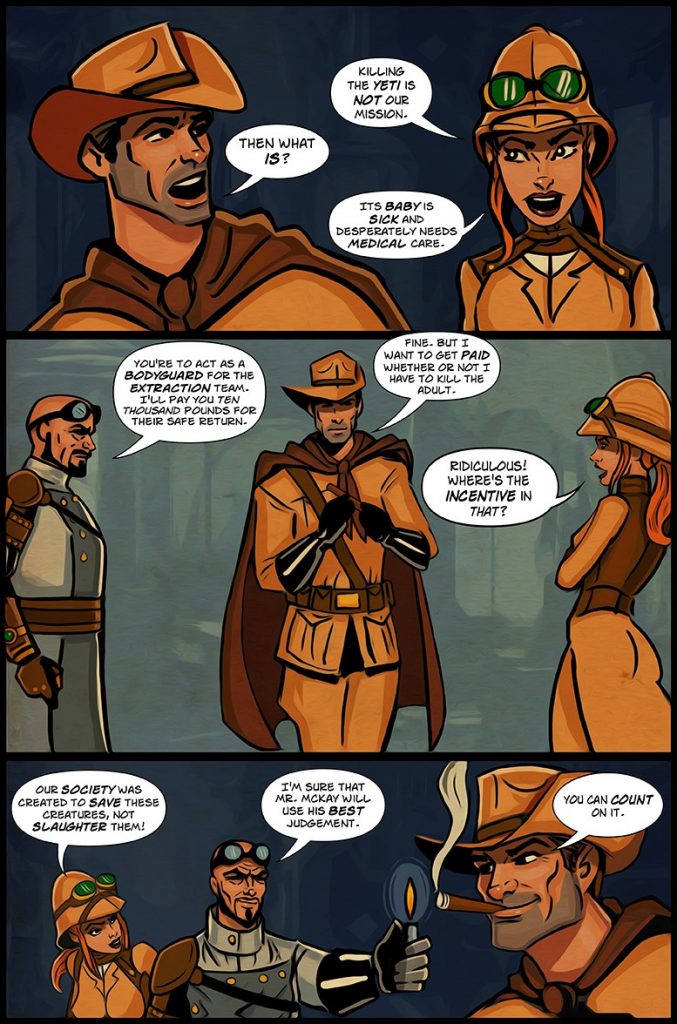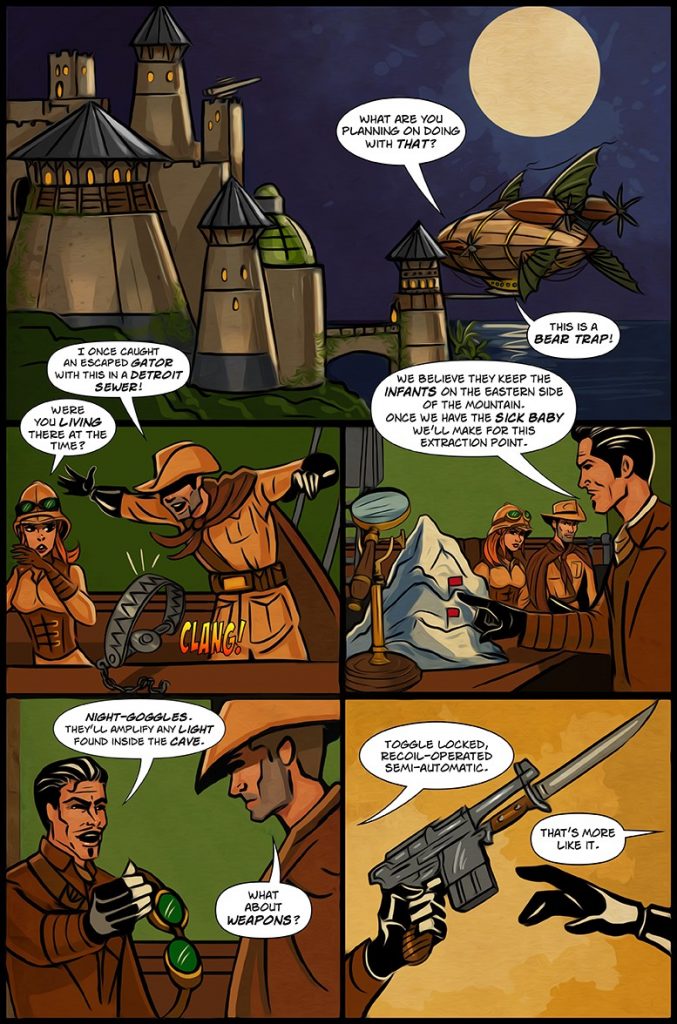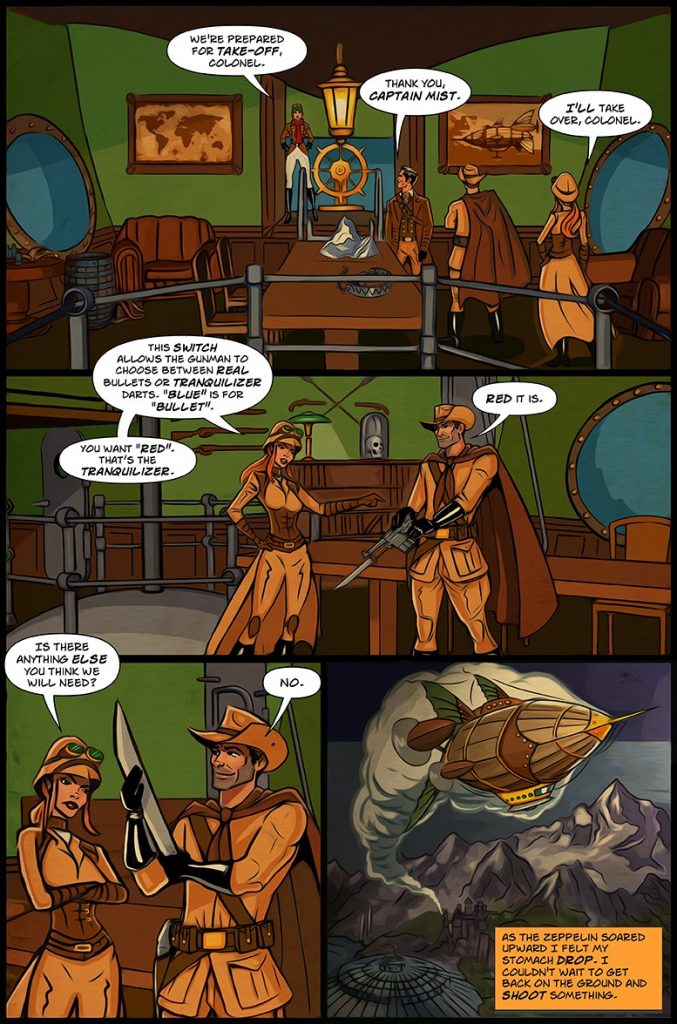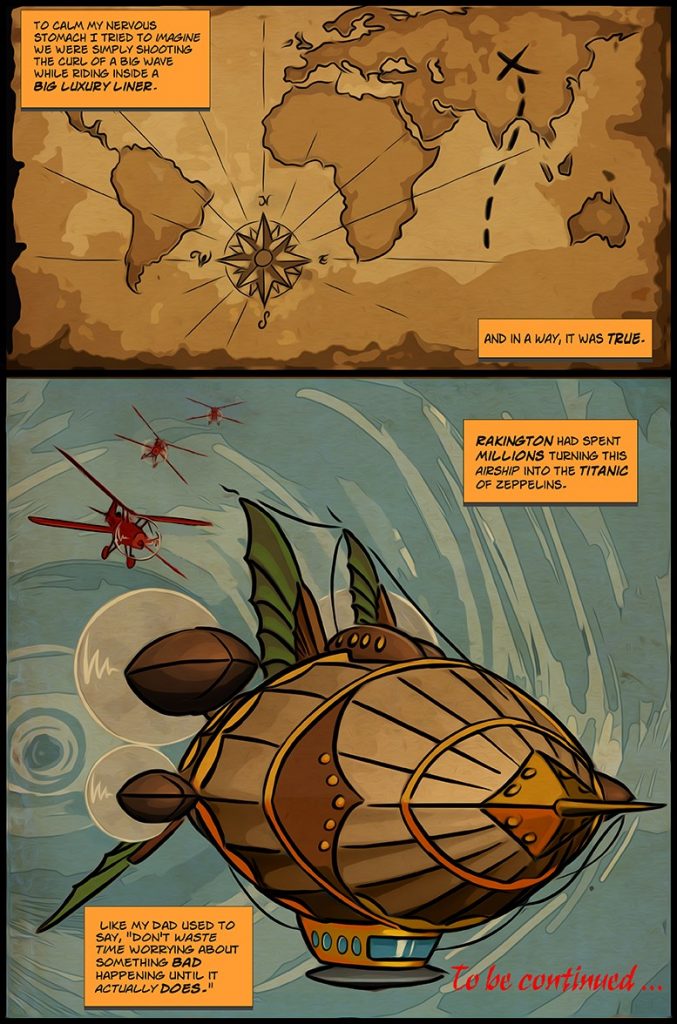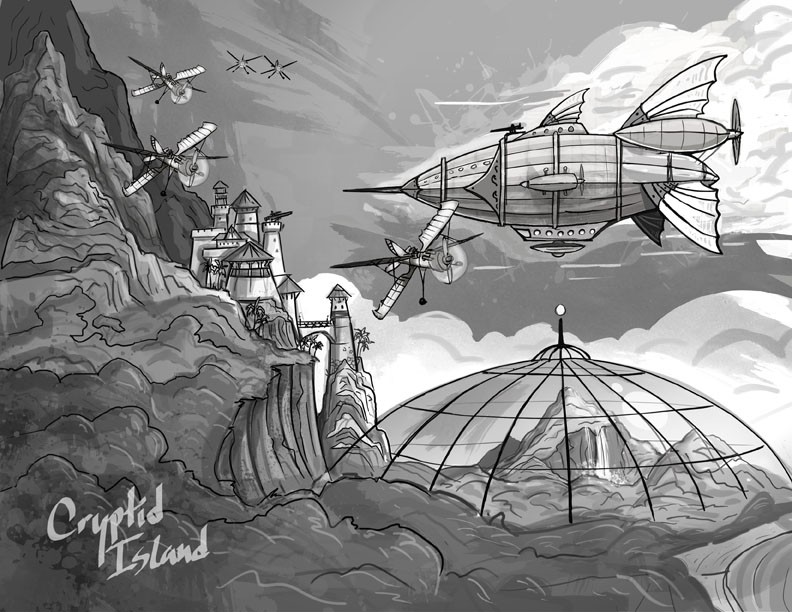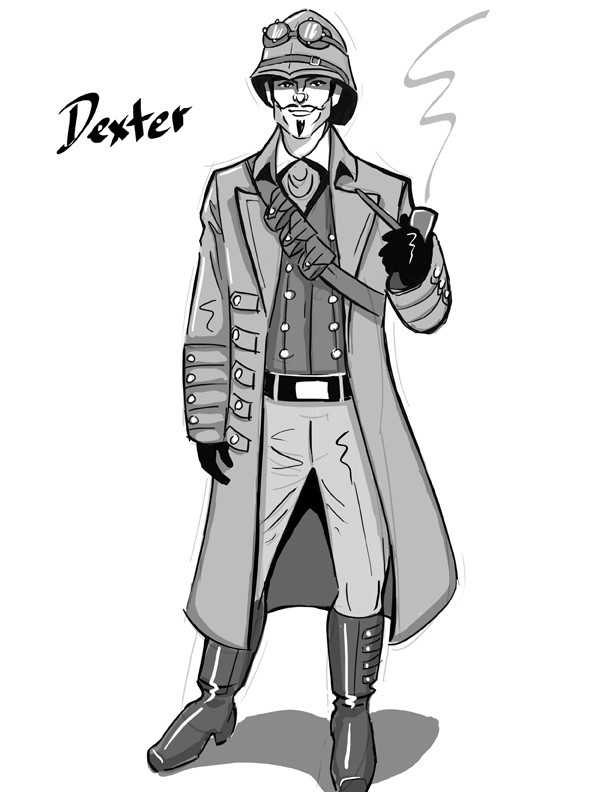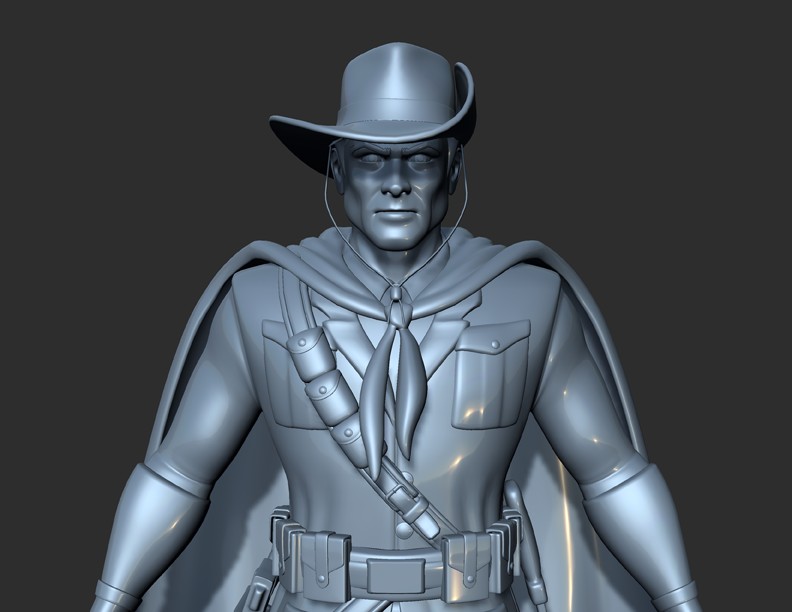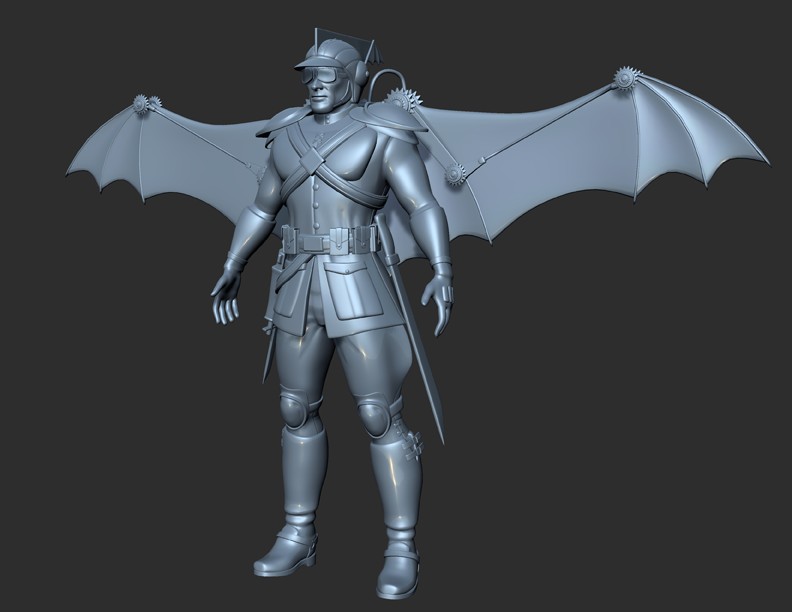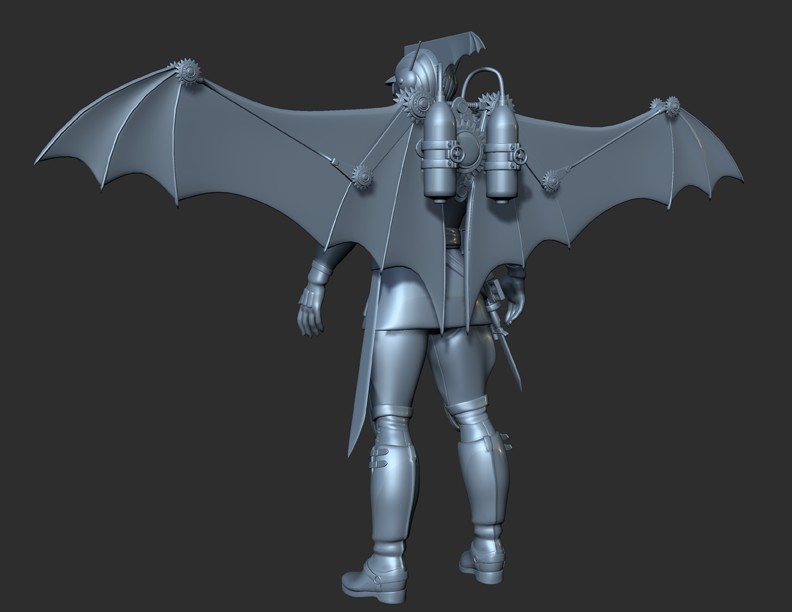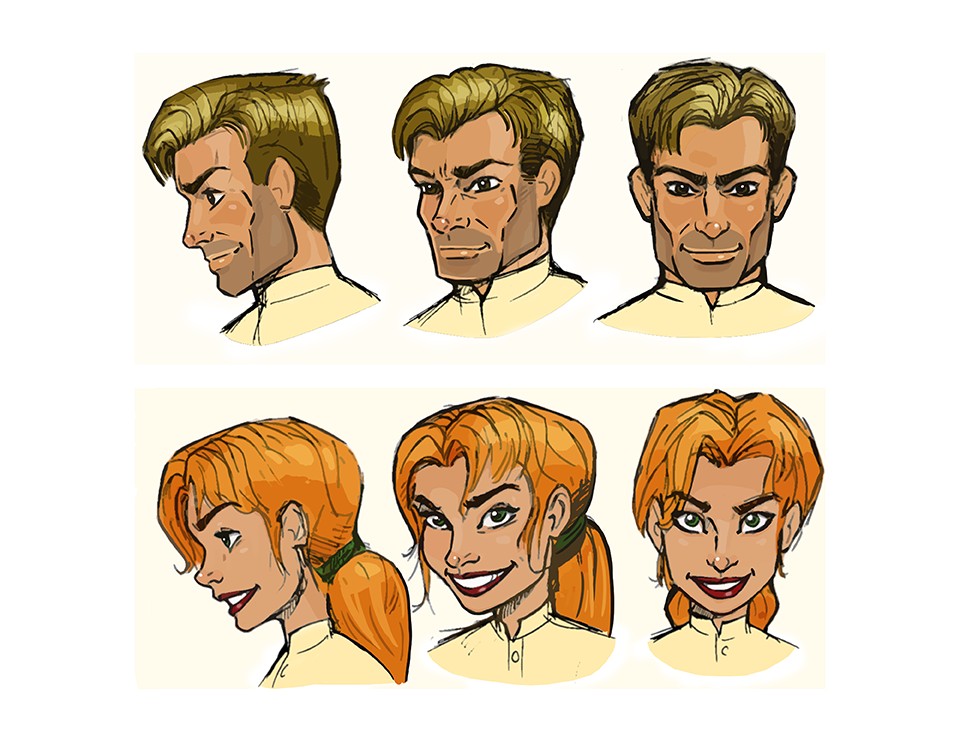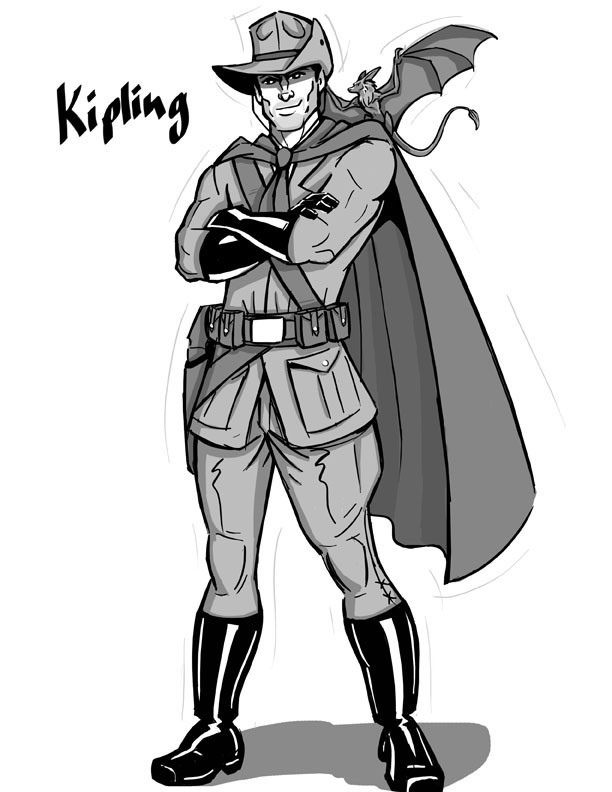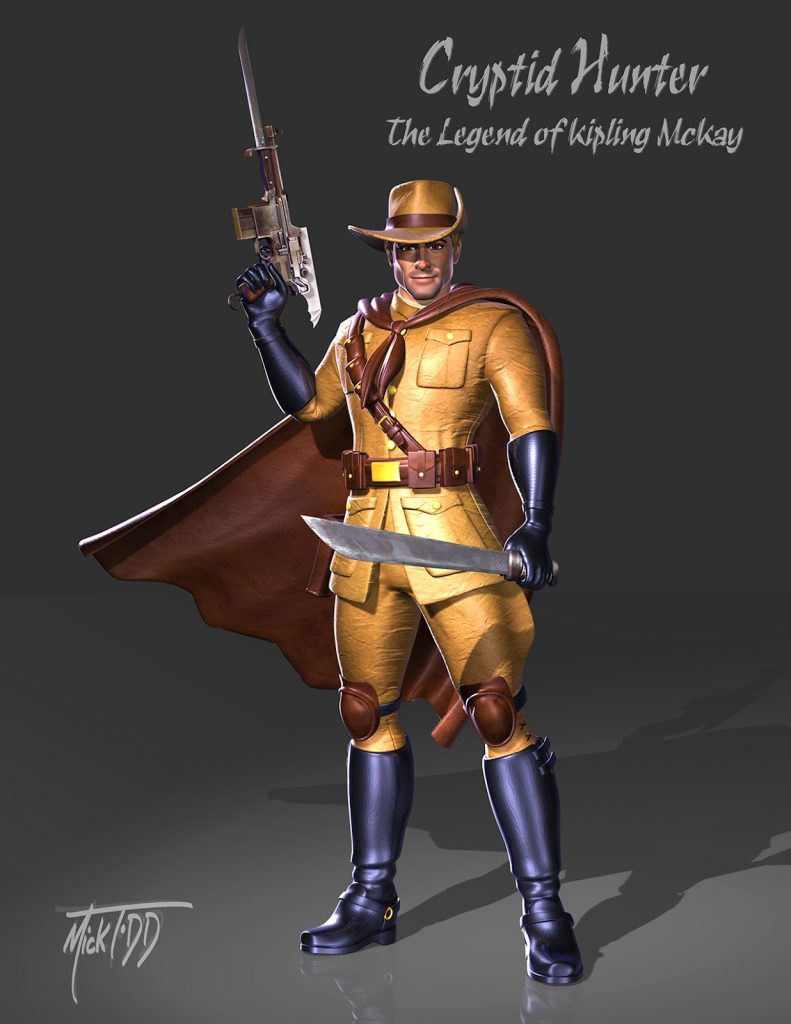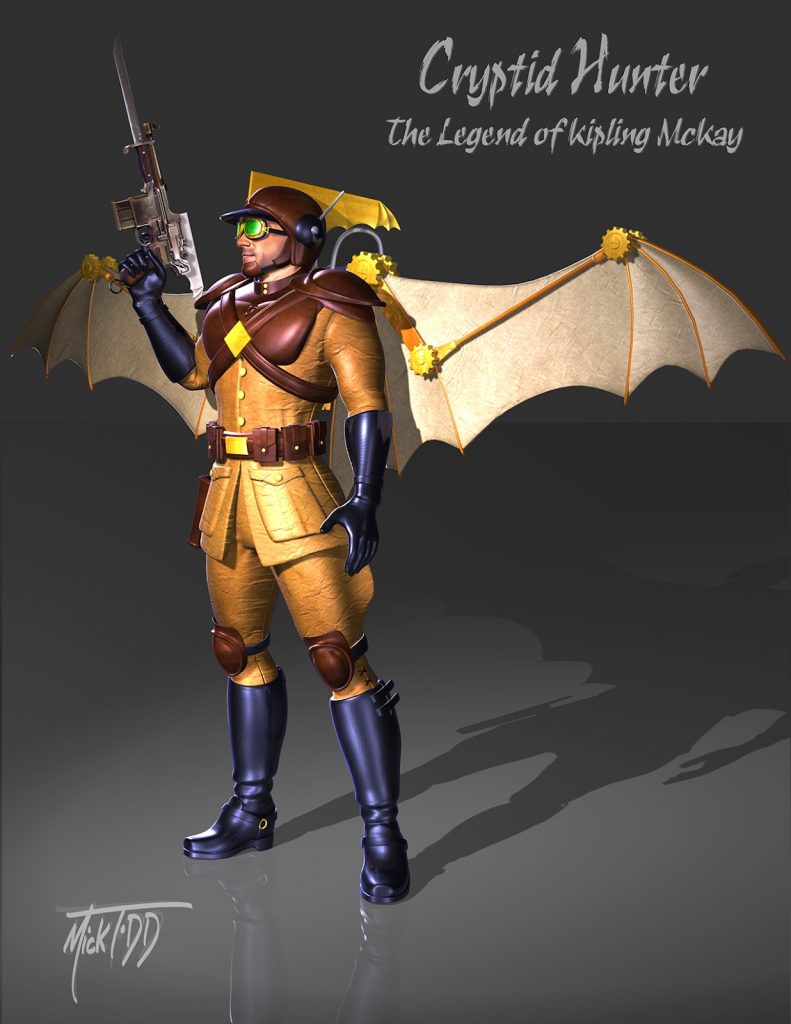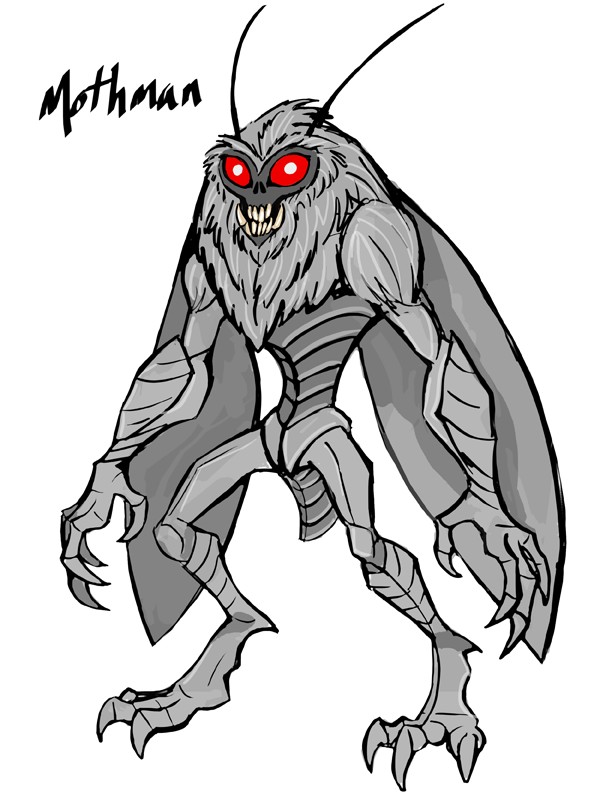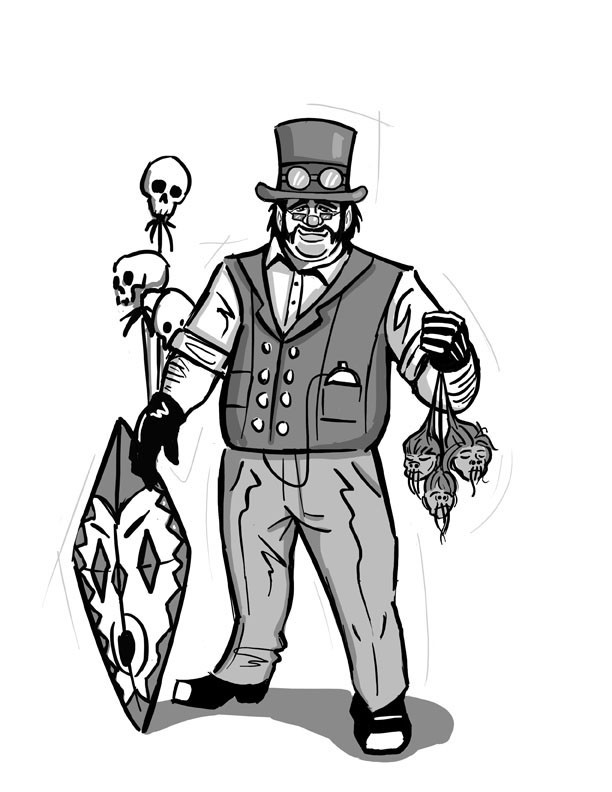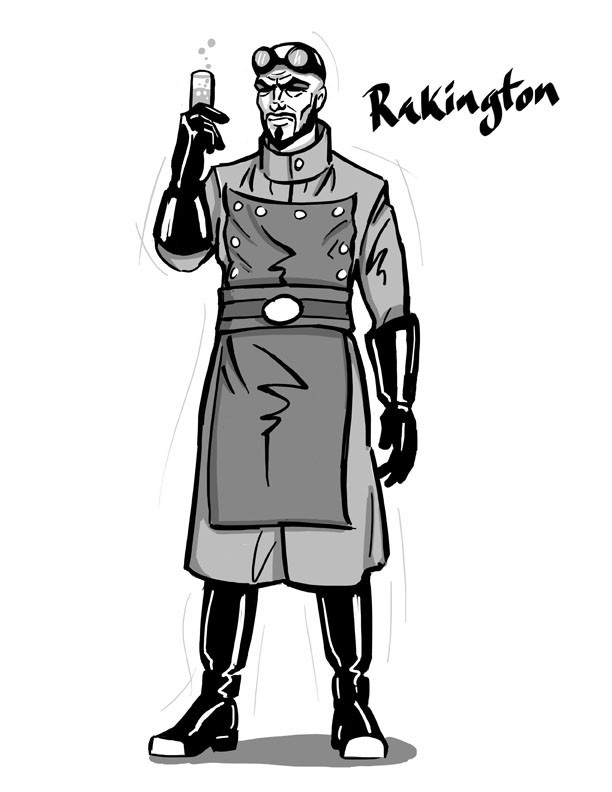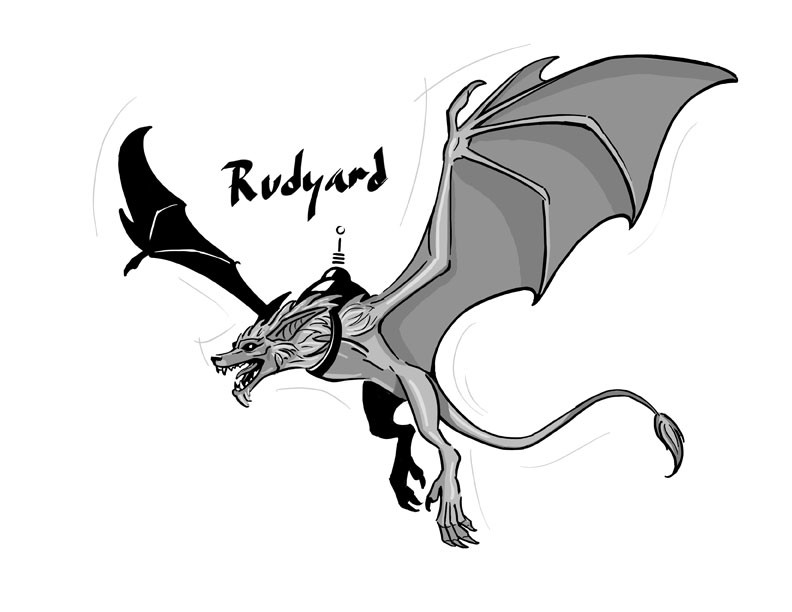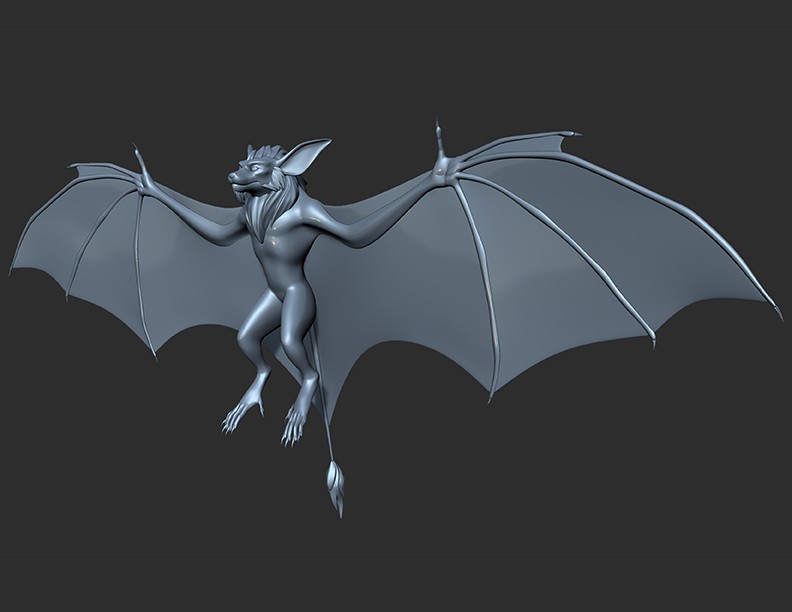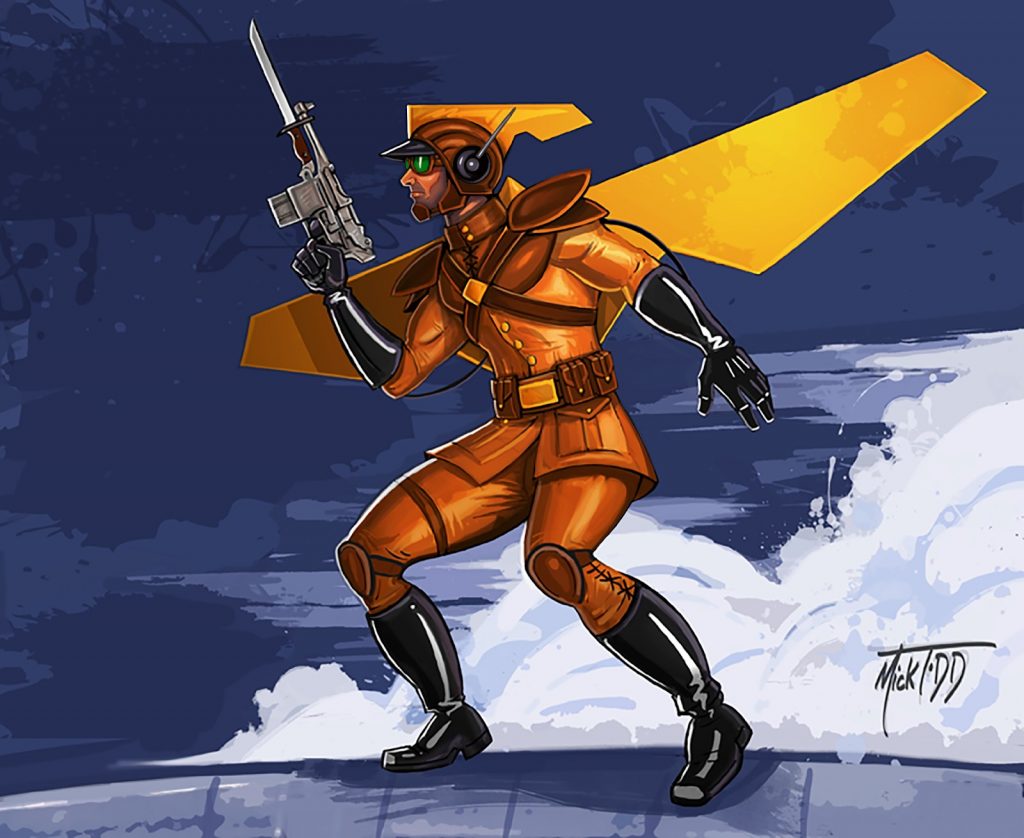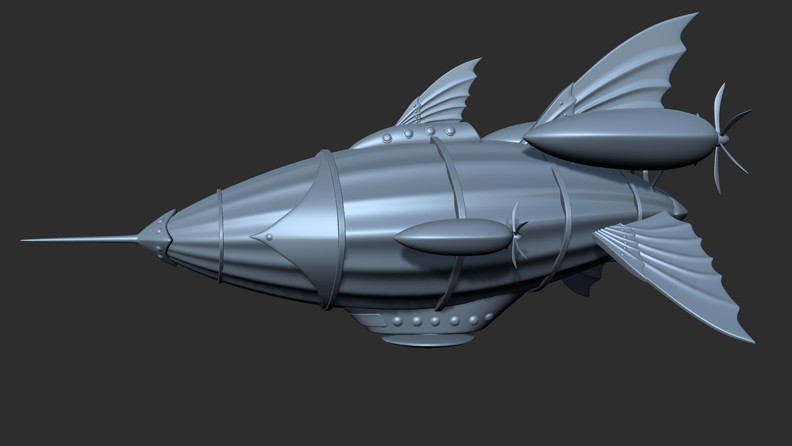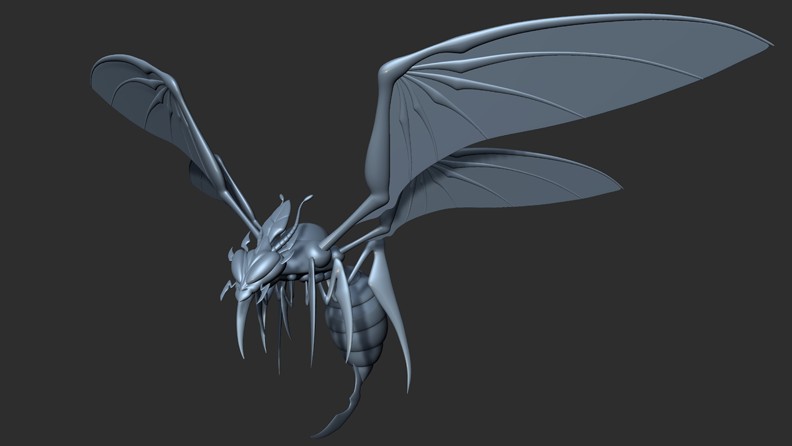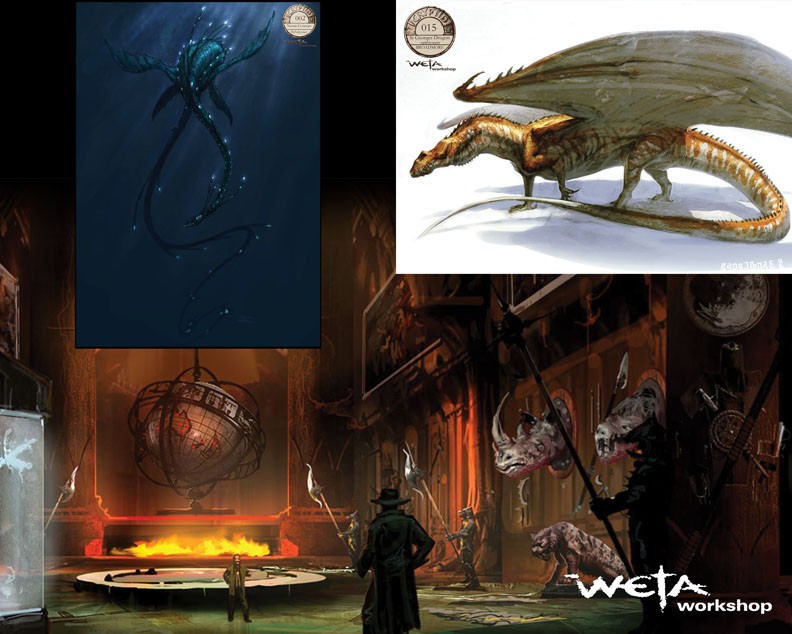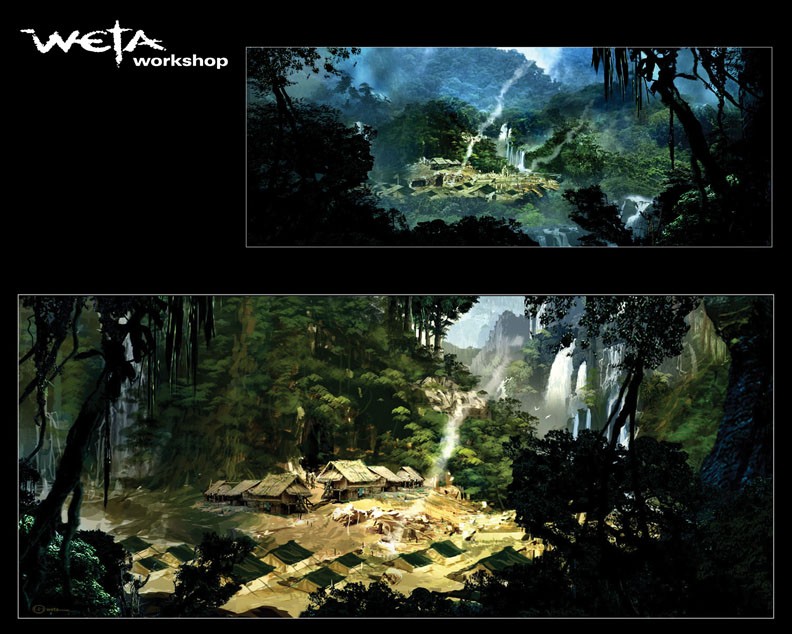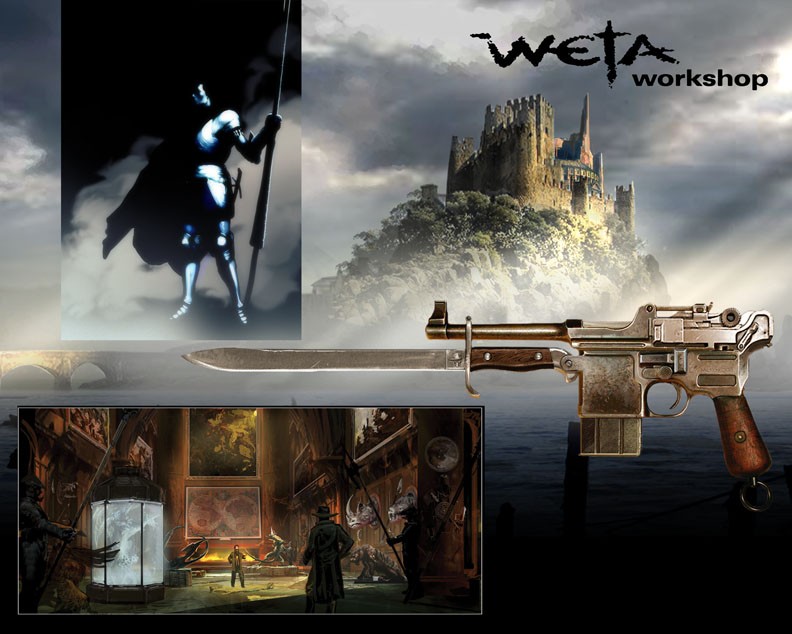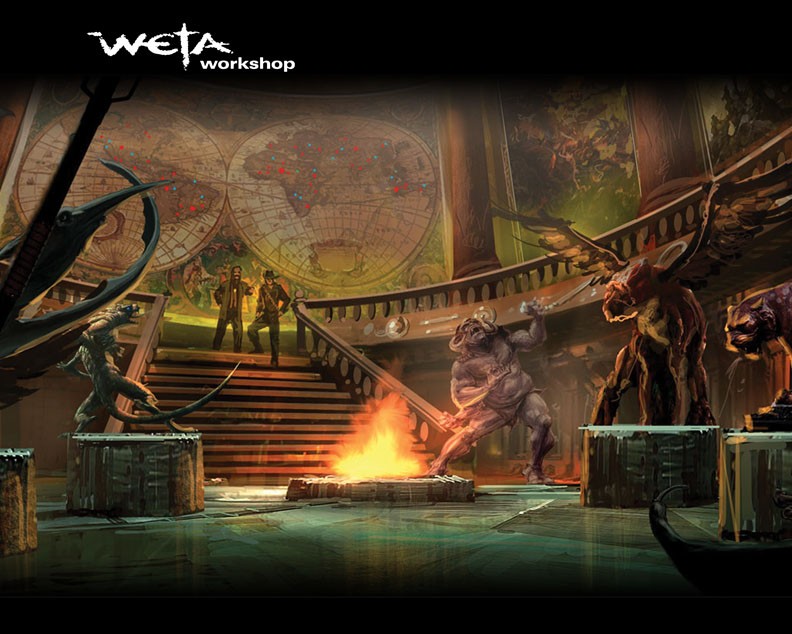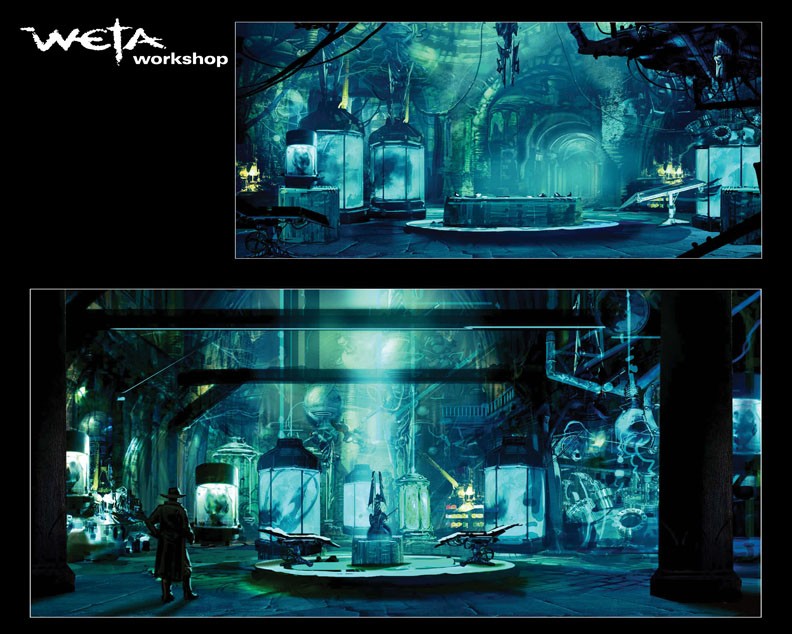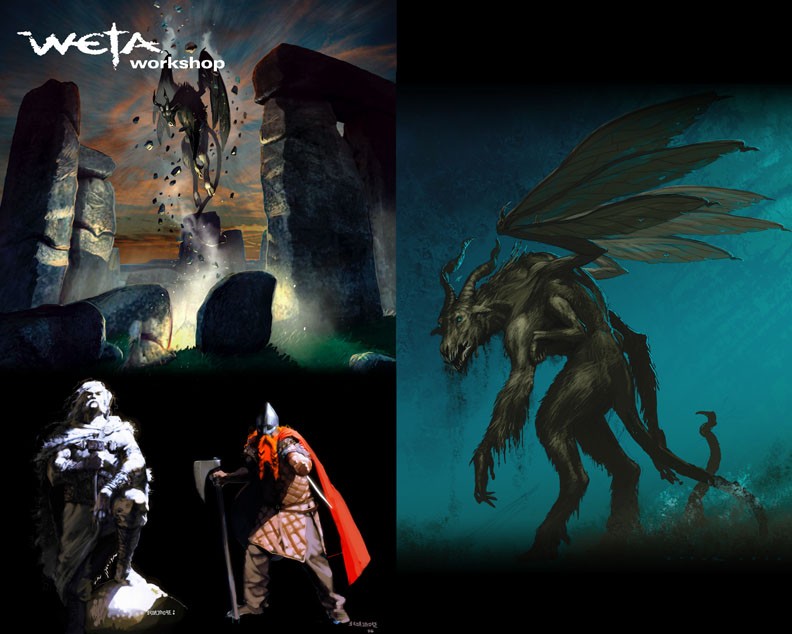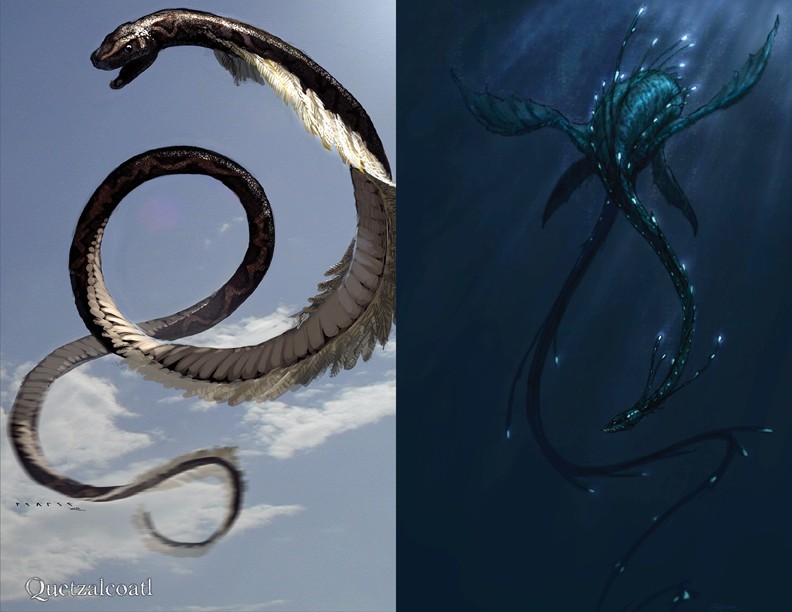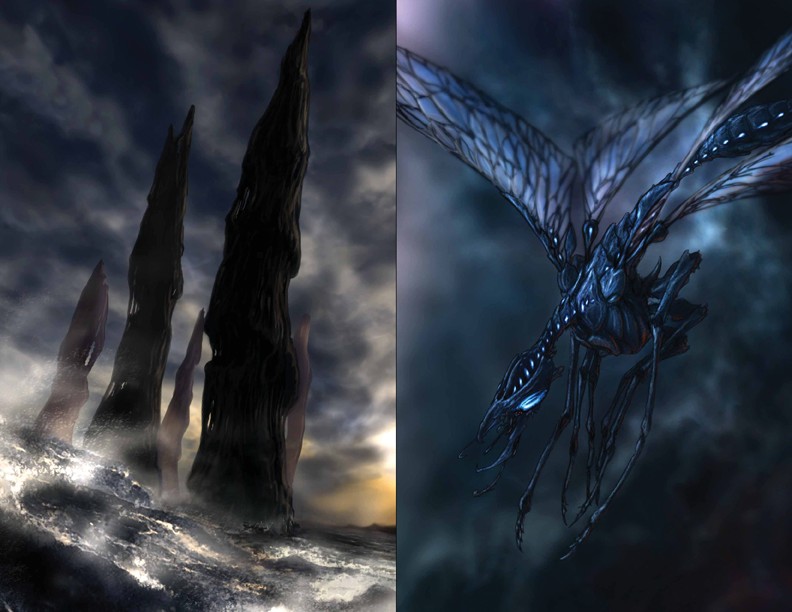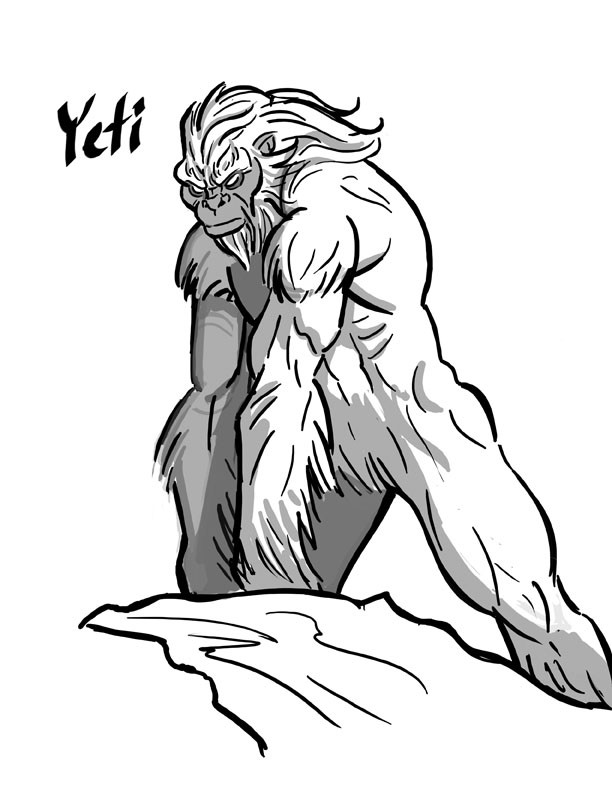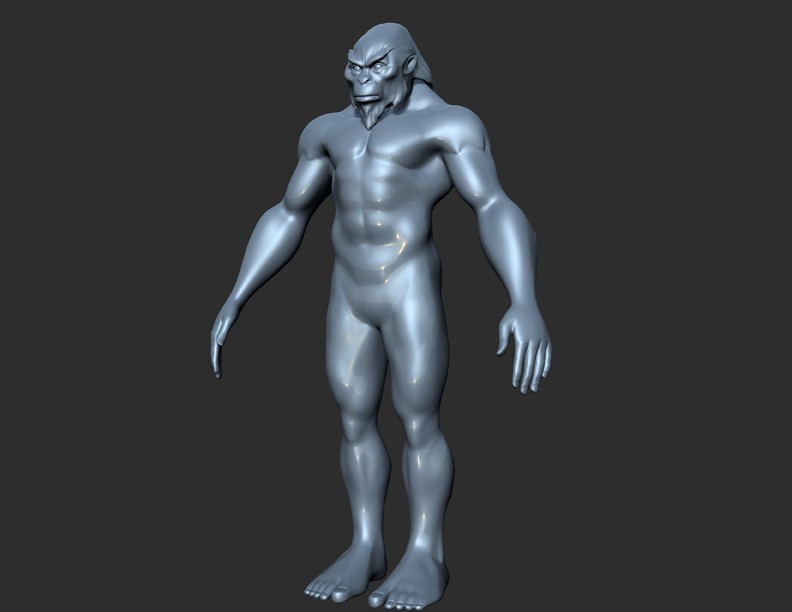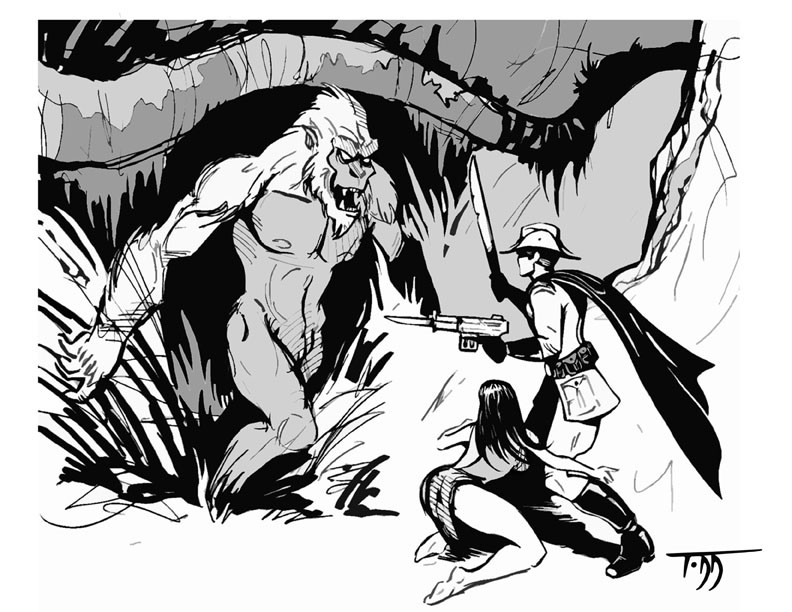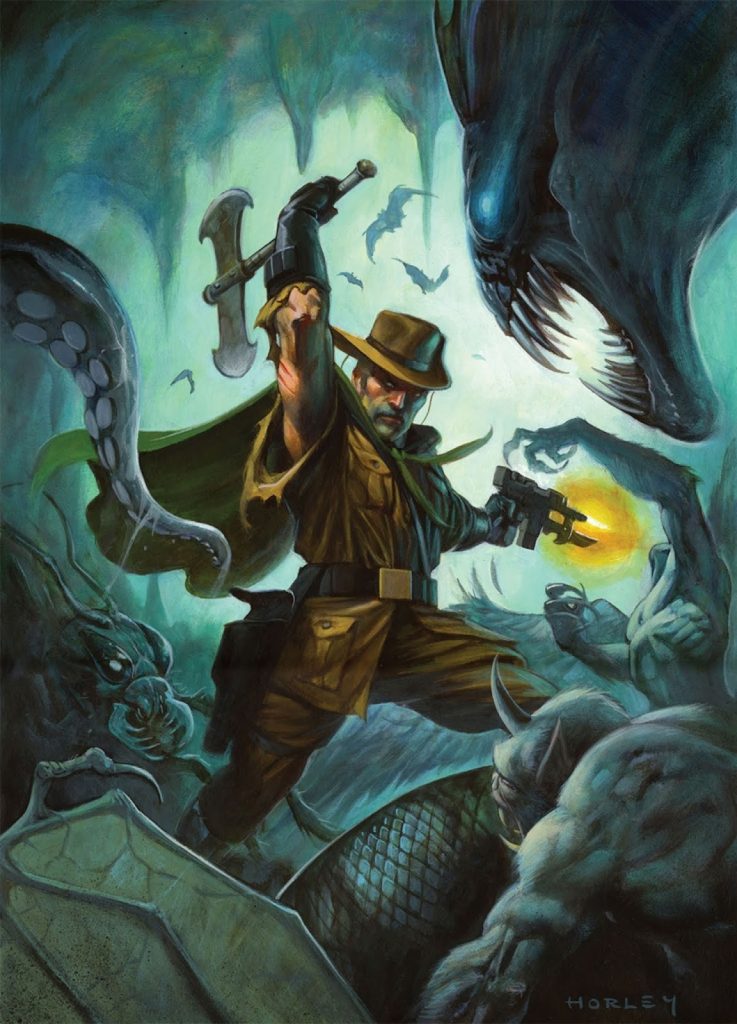Redemption is a cancelled action adventure in development by Cranberry Source, that may have been published by Philips Media Interactive for Nintendo 64. While it remains an obscure and forgotten project, from what we have gathered it could have been quite the original and revolutionary game for its time, merging many different genres and viewpoints together: FPS, third person isometric puzzle-platformer and open world exploration on vehicles.
Redemption was designed by Jon Ritman, founder of Cranberry Source and mostly known for his work on cult-classic 1980s computer games such as Head over Heels, plus Monster Max for Rare on the original Game Boy. Unfortunately the team never shown any screenshots from their unreleased N64 adventure, but few details are scattered around the web and in old magazines. On the Playstation Museum website we can read:
“Cranberry Source had a multi-product deal (three, in fact) with Philips Media Interactive. QAD was to be the first game released, Super Match Soccer (or Match Day 3 as it was known then) the second, and the third game had a provisional title of “Redemption”. QAD and SMS were developed at the London office, and Redemption was to be developed by staff at the Cranberry North office. Ultimately, Redemption never really got much further than the drawing board, but the initial designs focused around the kind of puzzle elements found in Jon Ritman’s previous games such as Head over Heels and Monster Max.”
In PC Zone magazine (Issue 41, August 1996) they published an interview with Cranberry Source, along with few details about Redemption:
“PZ: What about Redemption?
JR: That’s our epic.. John then goes on to explain the basic concept behind Redemption. In summary, it’ll be a very large action-cum-puzzle-cum-exploration game, using several different viewpoints. Parts of it are Doom-like, parts of it hark back to the classic isometric platform/puzzle games of yore (such as Head Over Heels, another of John’s past glories), and parts of it take place outdoors. In vehicles. It’s quite ambitious, in other words.
JC: To rationalise how we’ve got all this different stuff in one game, we’ve come up with quite a weird scenario which involves a mad, serial killer surgeon who’s grafting bits onto you. All this stuff takes place in your own head, and each level is a different operation. It’s, er, a bit odd really.
JR: It is a bit odd, isn’t it?”
An interview with Ritman conducted by Blood in Autumn 1996 for Emulate! Magazine (issue 6) also mention Redemption:
“What are Cranberry Source working on at the minute? Which machines are you concentrating on?
Three games each on PC, Playstation & Saturn –
Q.A.D. – A fly over a stunning landscape rescuing hostages game (2player)
The Net – A multiplayer soccer game
Redemption – An epic game, this would take me too long to describe!
[…] For HoH fans I suggest a look at Redemption (it won’t be released until the end of next year).”
It’s not clear if the game was originally conceived as a PC or Nintendo 64 project, but in N64 Magazine (Issue 12, February 1998) they mentioned Cranberry Source were developing it for Nintendo’s console:
“Our wrinklier readers will undoubtedly remember Head Over Heels, a 3D puzzly platform adventure that was one of the Spectrum’s best games back in the 1980s. Well bless our souls if it’s not about to rise again. Jon Ritman, the chap behind the Speccy original, set up a development company called Cranberry Source who, after a bit of PC-based action, have decided to turn their hands to the N64. And their first Nintendo game will be a 3D puzzly platformer adventure that incorporates the best elements of – yes – Head over Heels. Superb!”
A couple of months later, in April 1998 Jon Ritman and other developers of Cranberry Source were hired by Argonaut Games, possibly because the studio were really impressed by their work with Redemption for the N64. As we can read on IGN:
“The co-founder of Cranberry Source, Jon Ritman, and several other members have left the company to join the British independent developer Argonaut, best known for the original Star Fox and the Super FX chip.
According to IGN’s morning news service, GameAddict, Ritman and his team will be working on an action adventure due to release late next year. Prior to the switch, Ritman was working on an N64 semi-sequel to the classic Head Over Heels. It is not yet known how Cranberry Source will cope with the loss and what will happen to its projects in progress.
Argonaut’s Jez San commented on Ritman’s move: “Many of us at Argonaut have been long standing fans of Ritman’s work, especially of Batman, Match Day, and Head-Over-Heels. I feel he will develop some of his finest work at Argonaut and could help some of our existing games further refine their gameplay.” Although Argonaut has only announced one title so far (Buck Bumble), industry insiders have told IGN64.com that Argonaut is heavily investing in N64 development with numerous titles on the way.”
It’s not clear if Argonaut also acquired the rights to develop Redemption, but in the end the project was never completed.
We hope one day to preserve more details or even images for this fascinating and unrealized project.
Thanks to Celine for the contribution!

